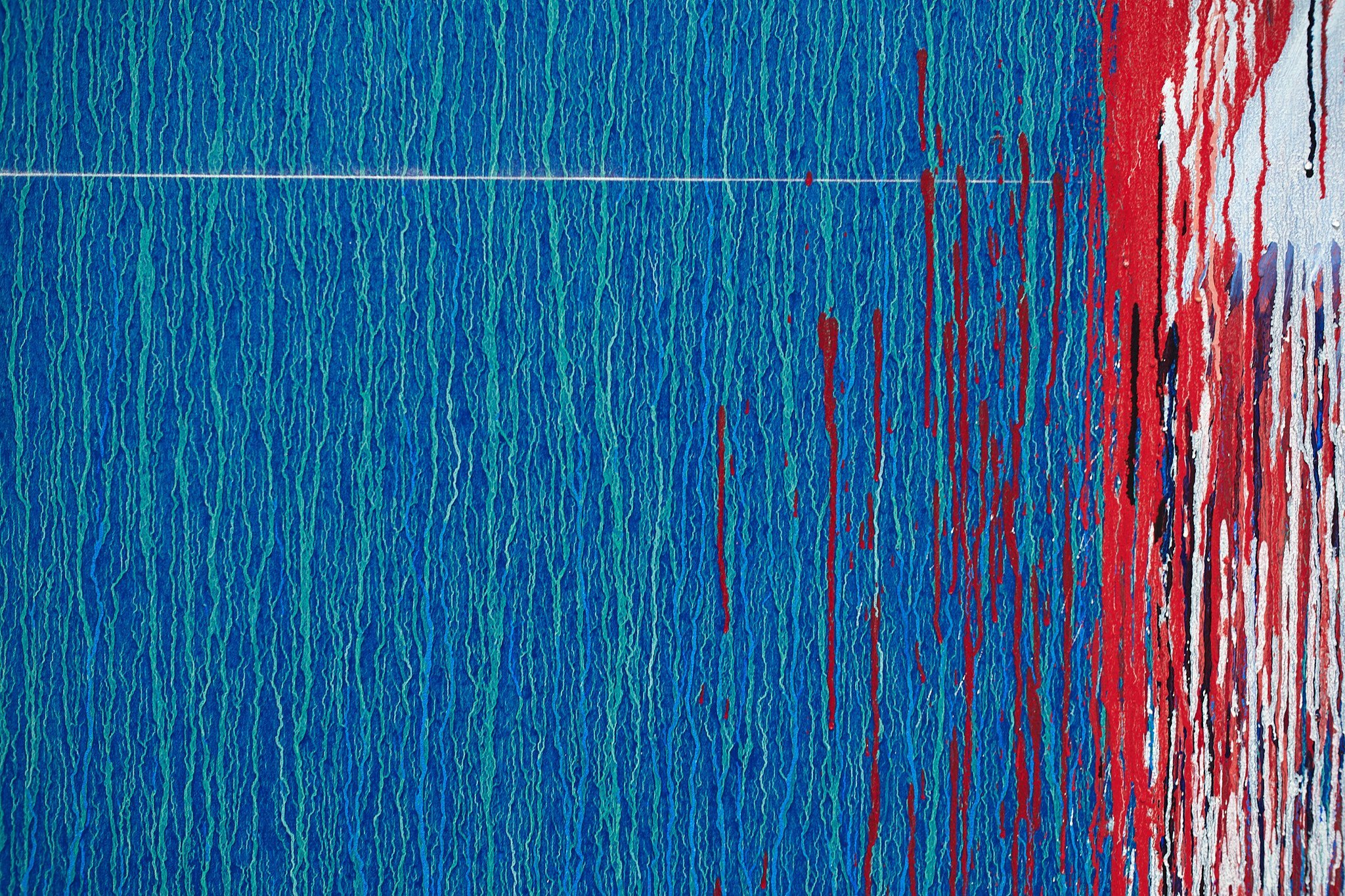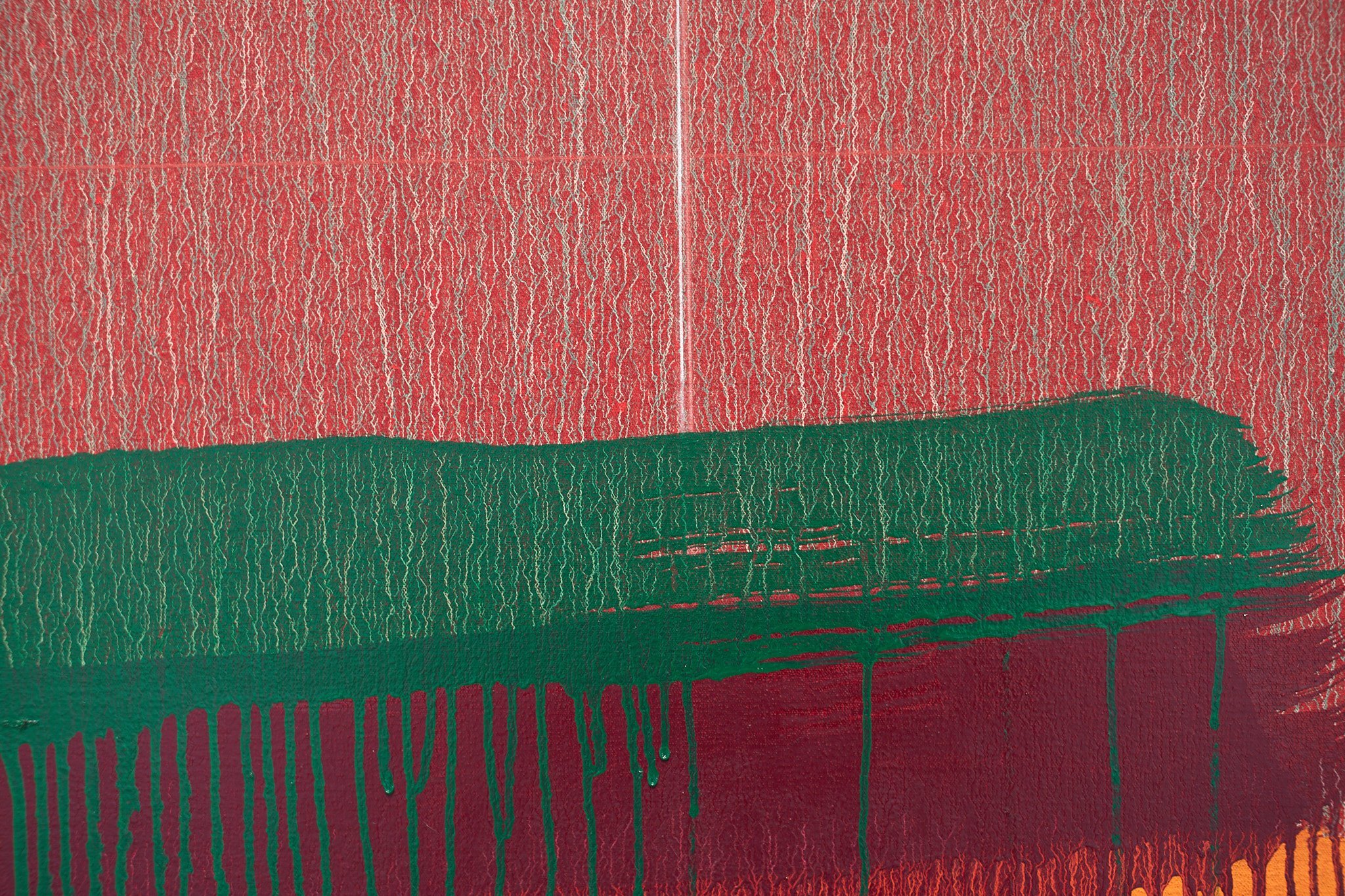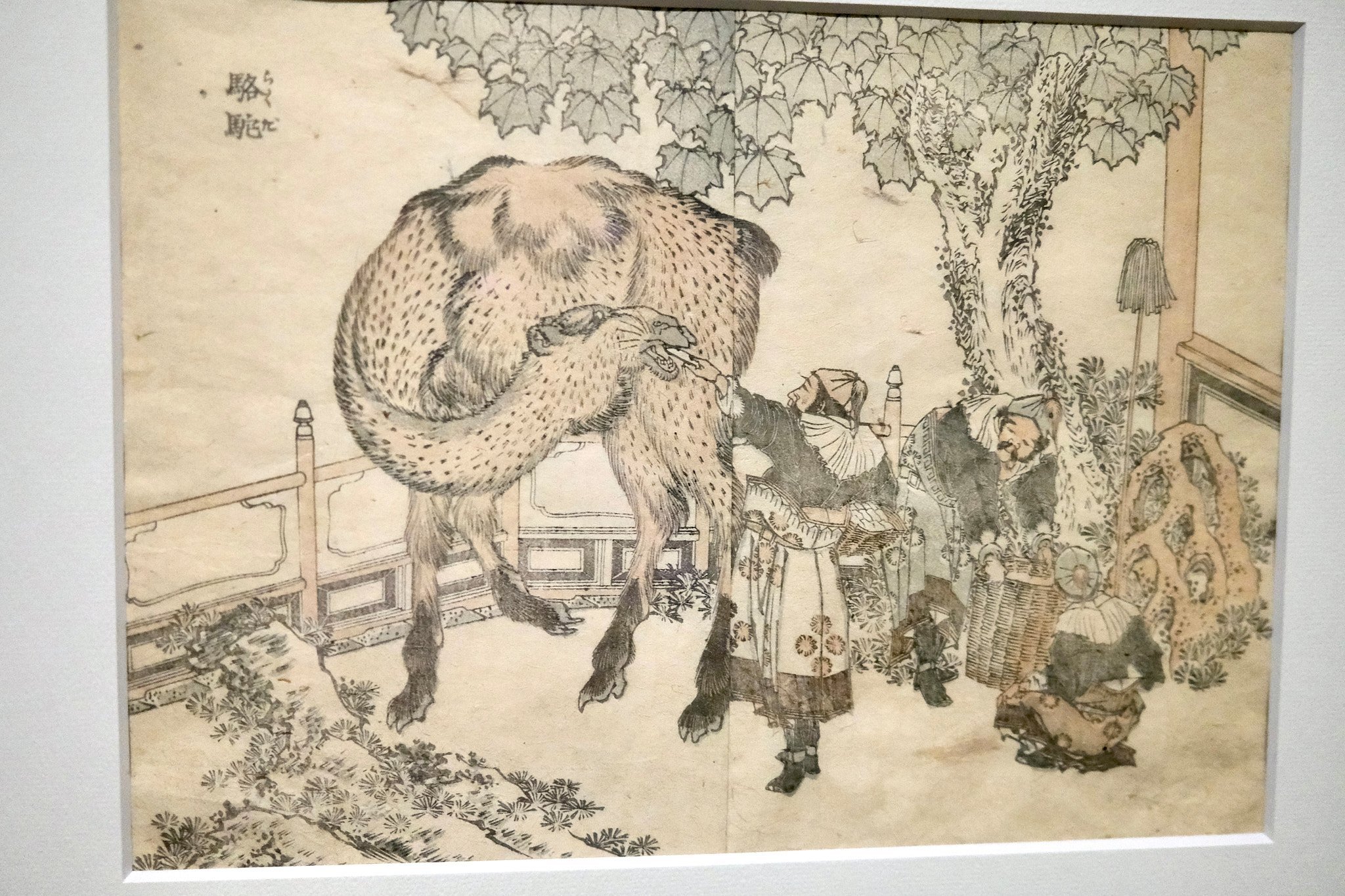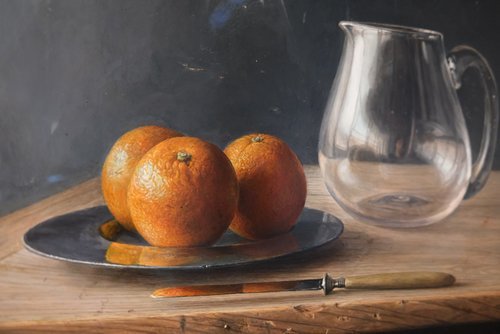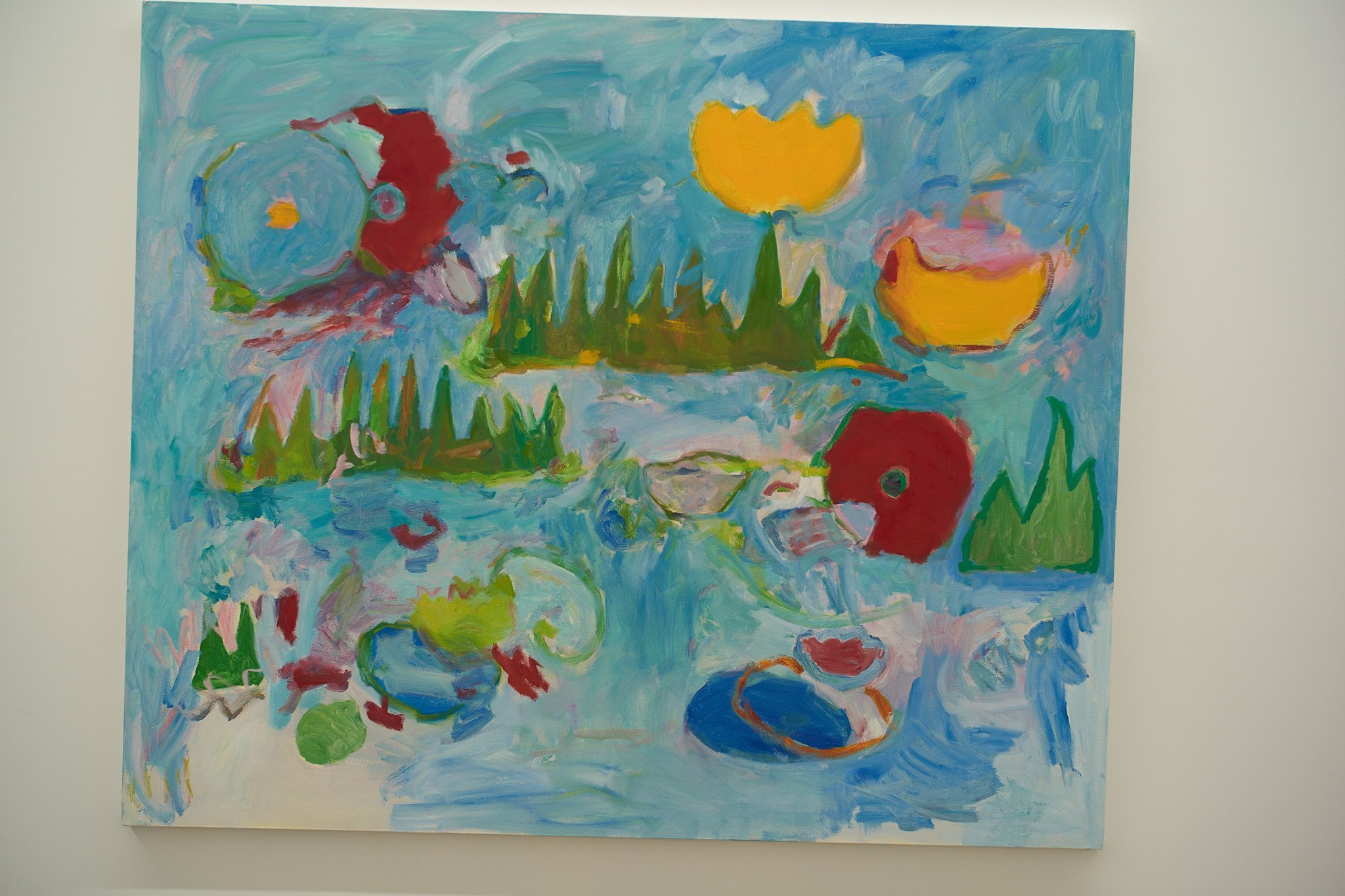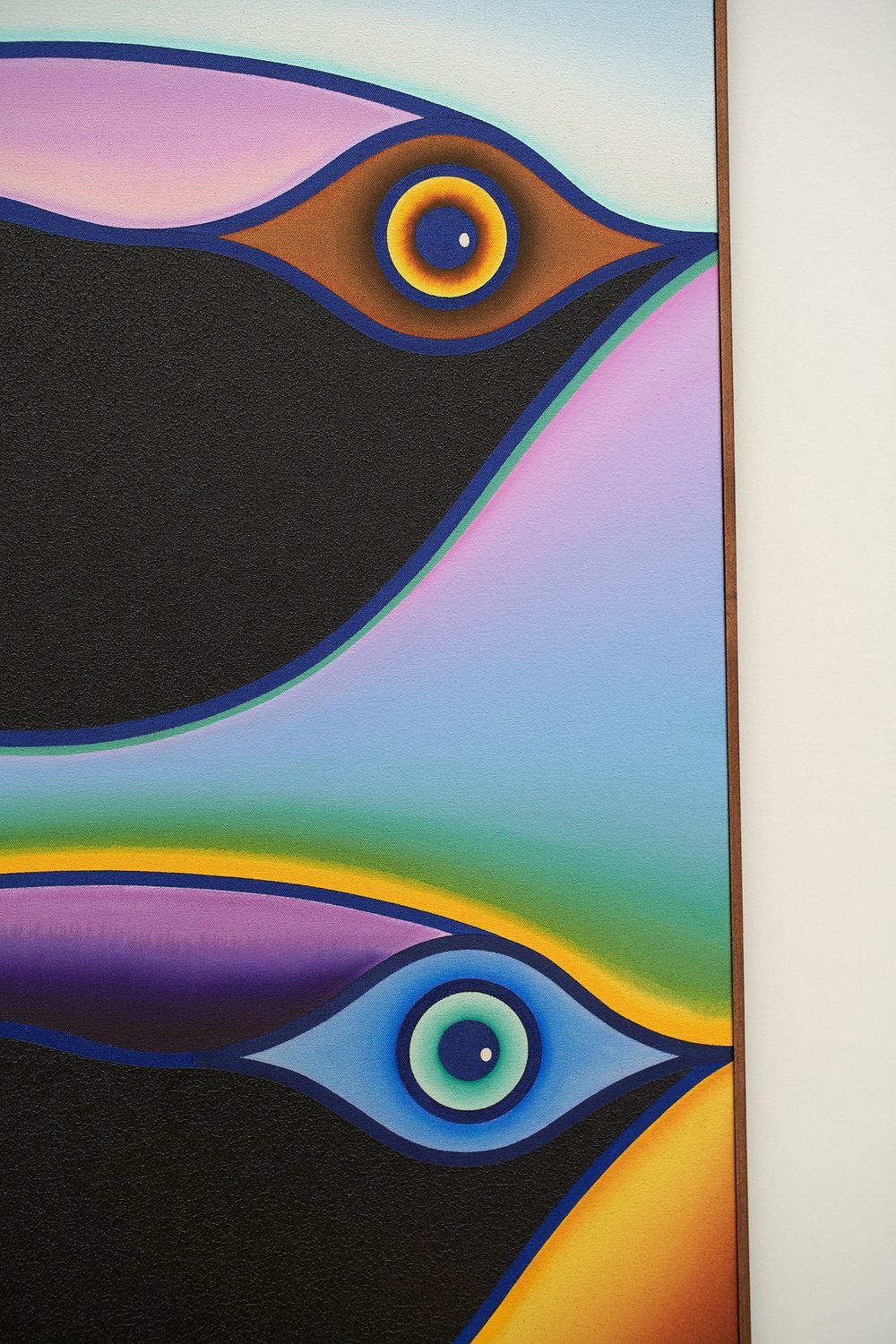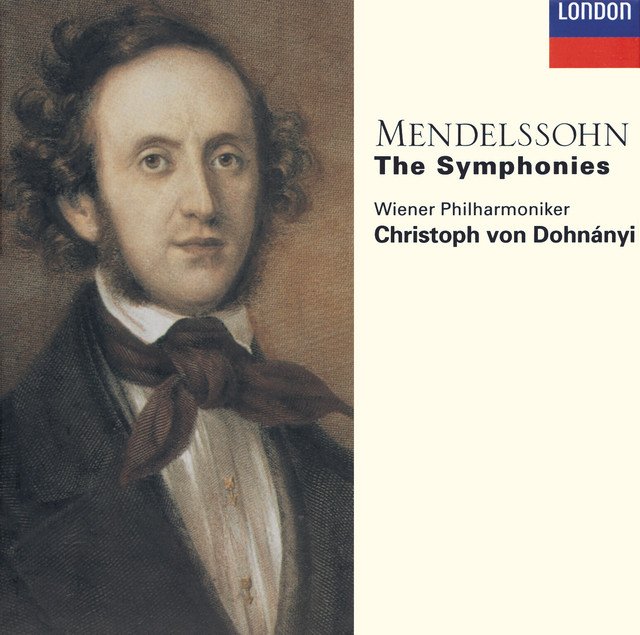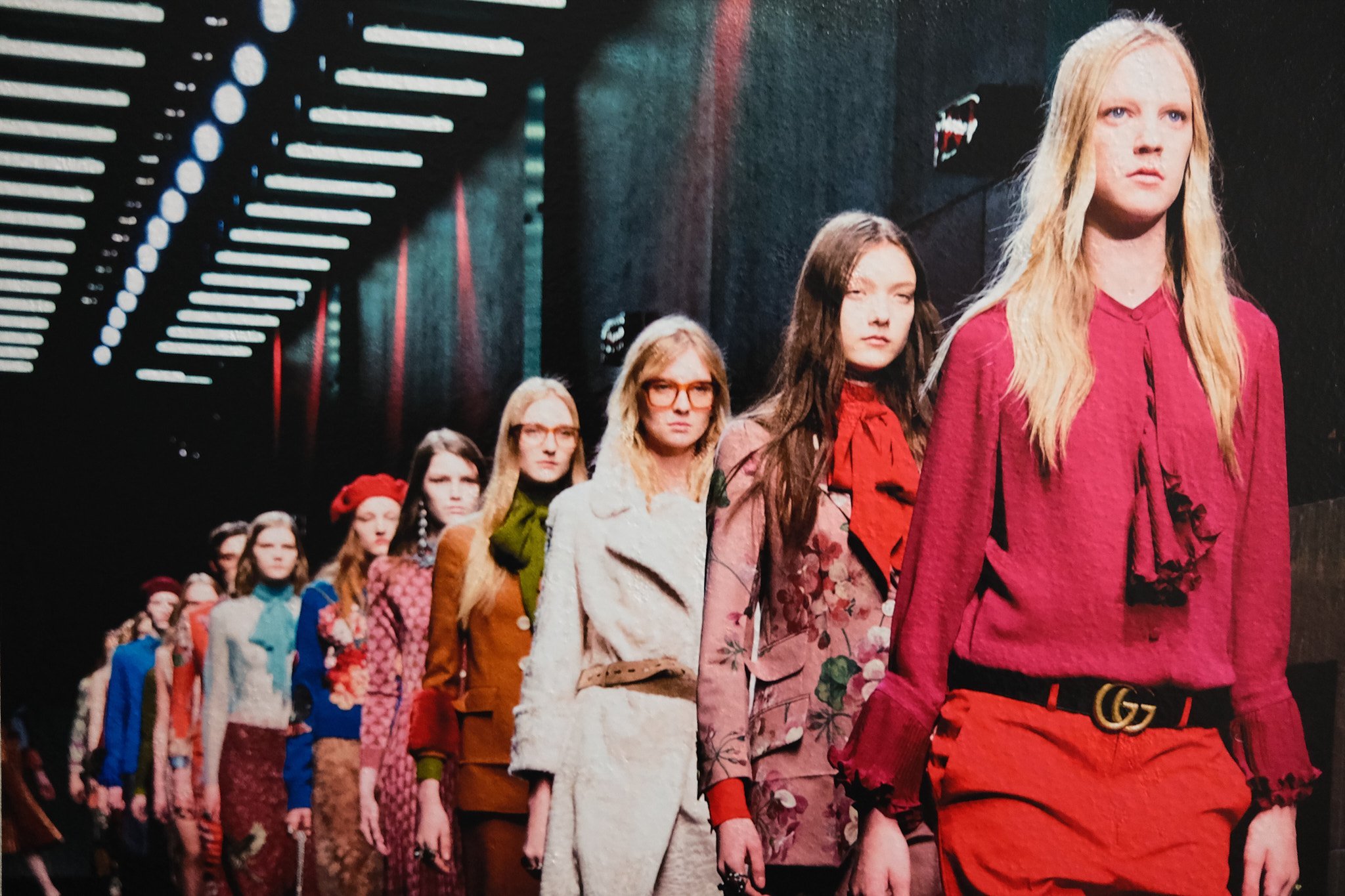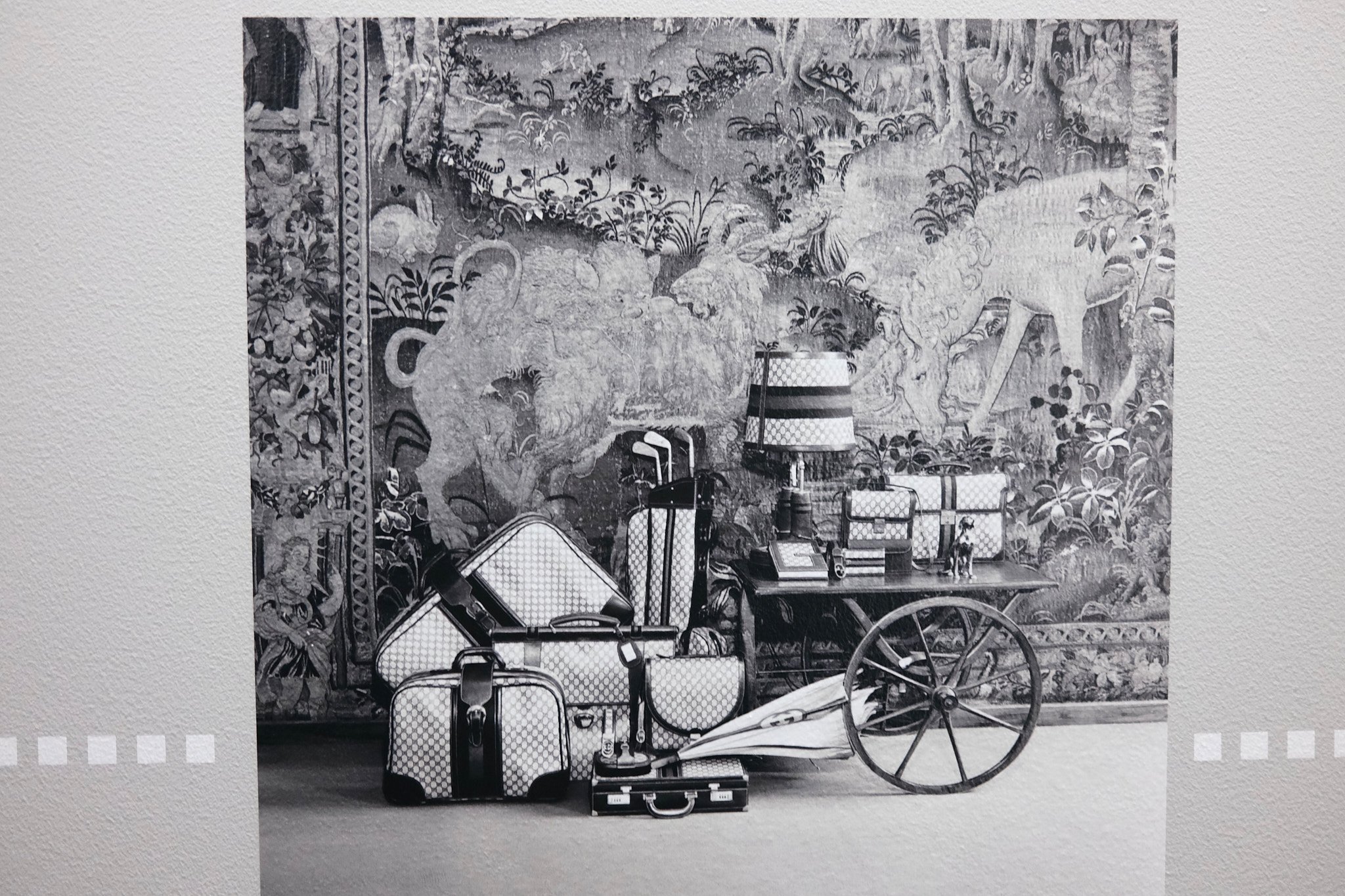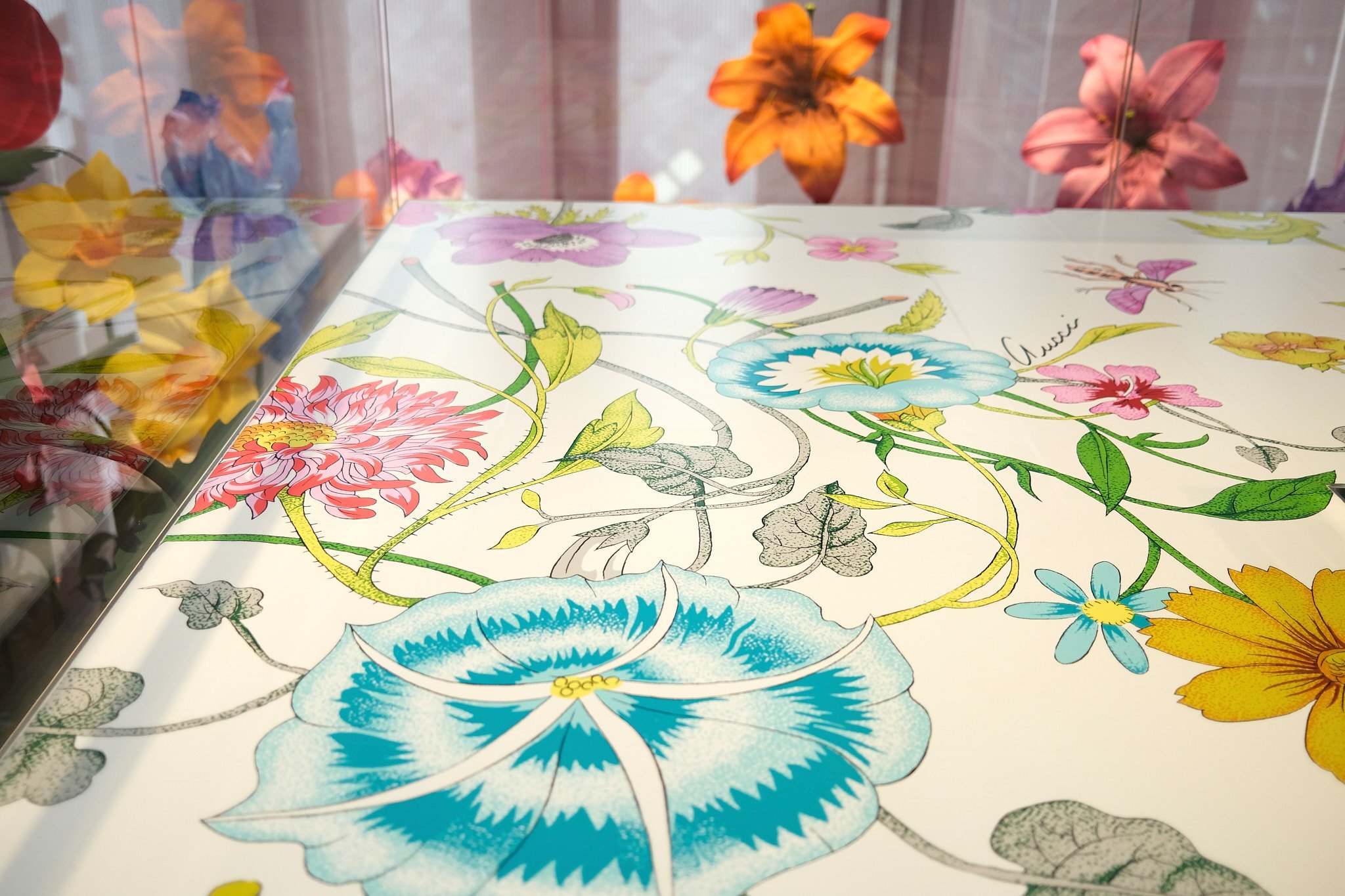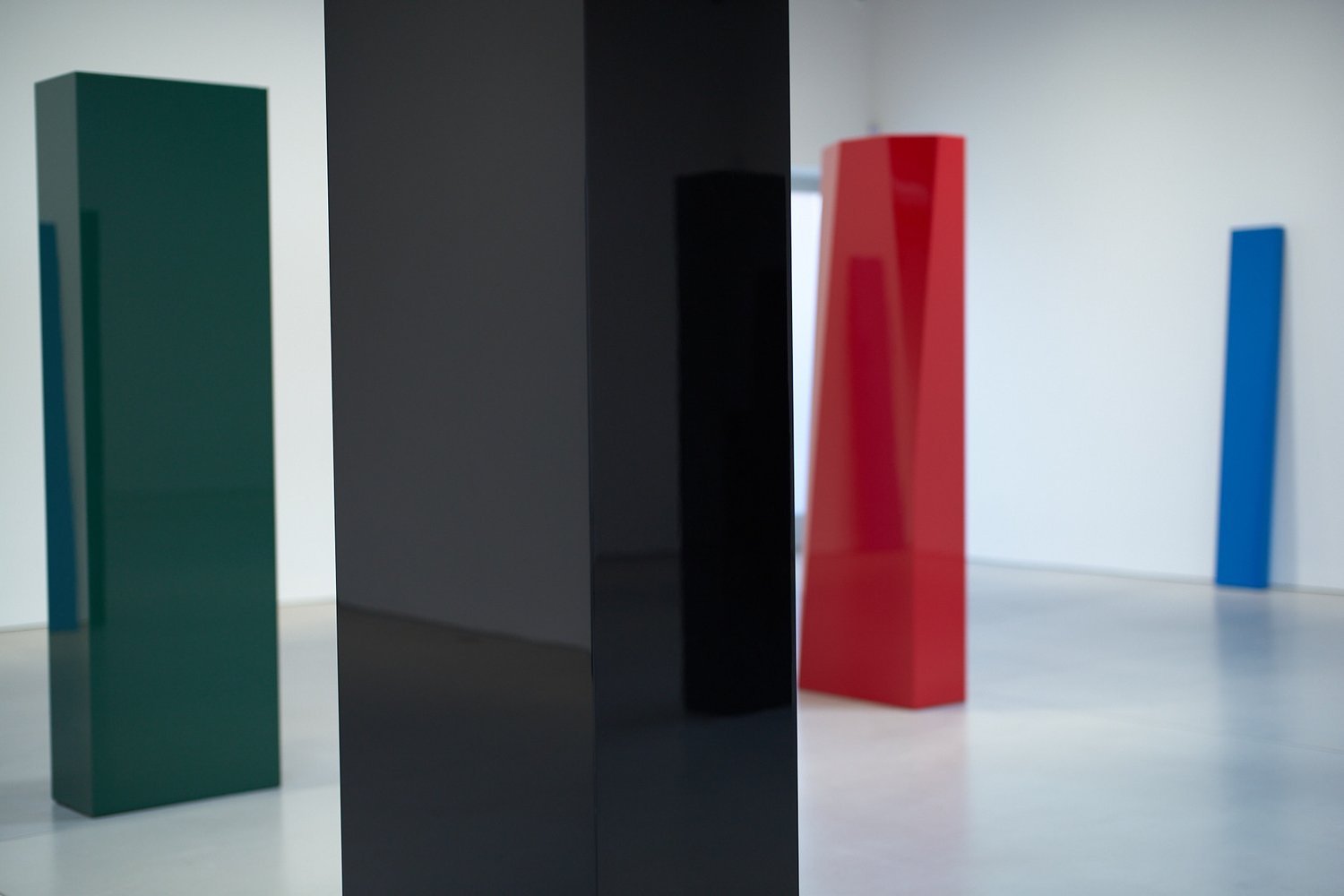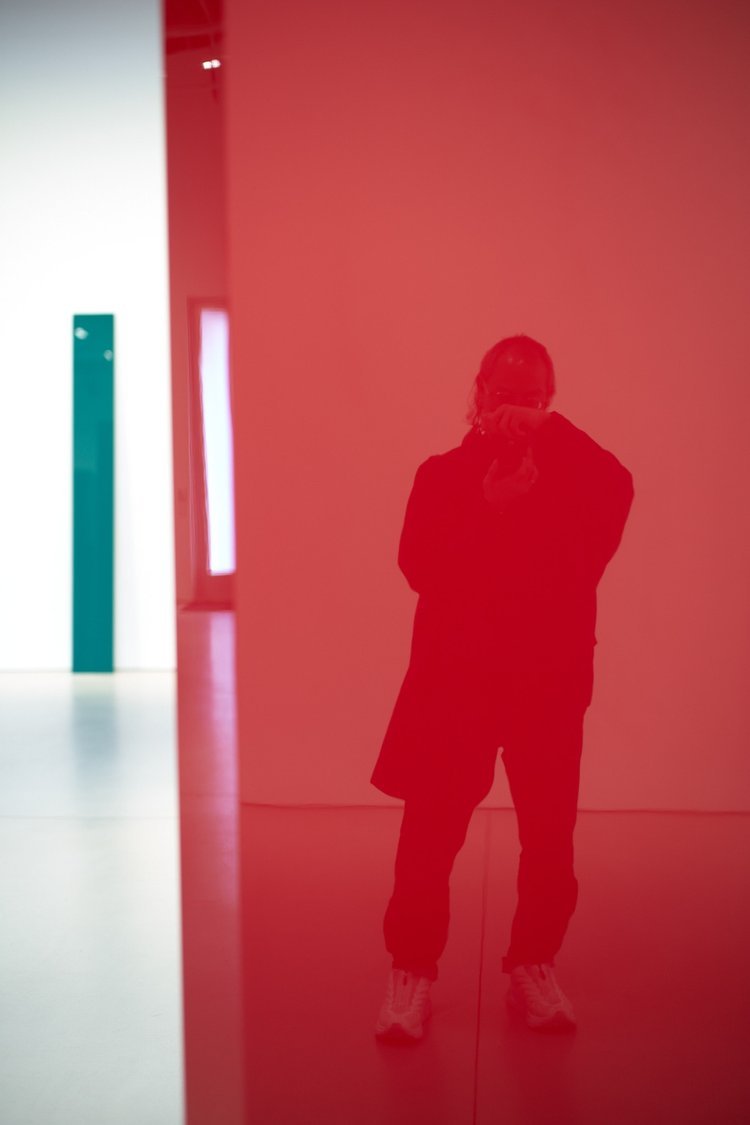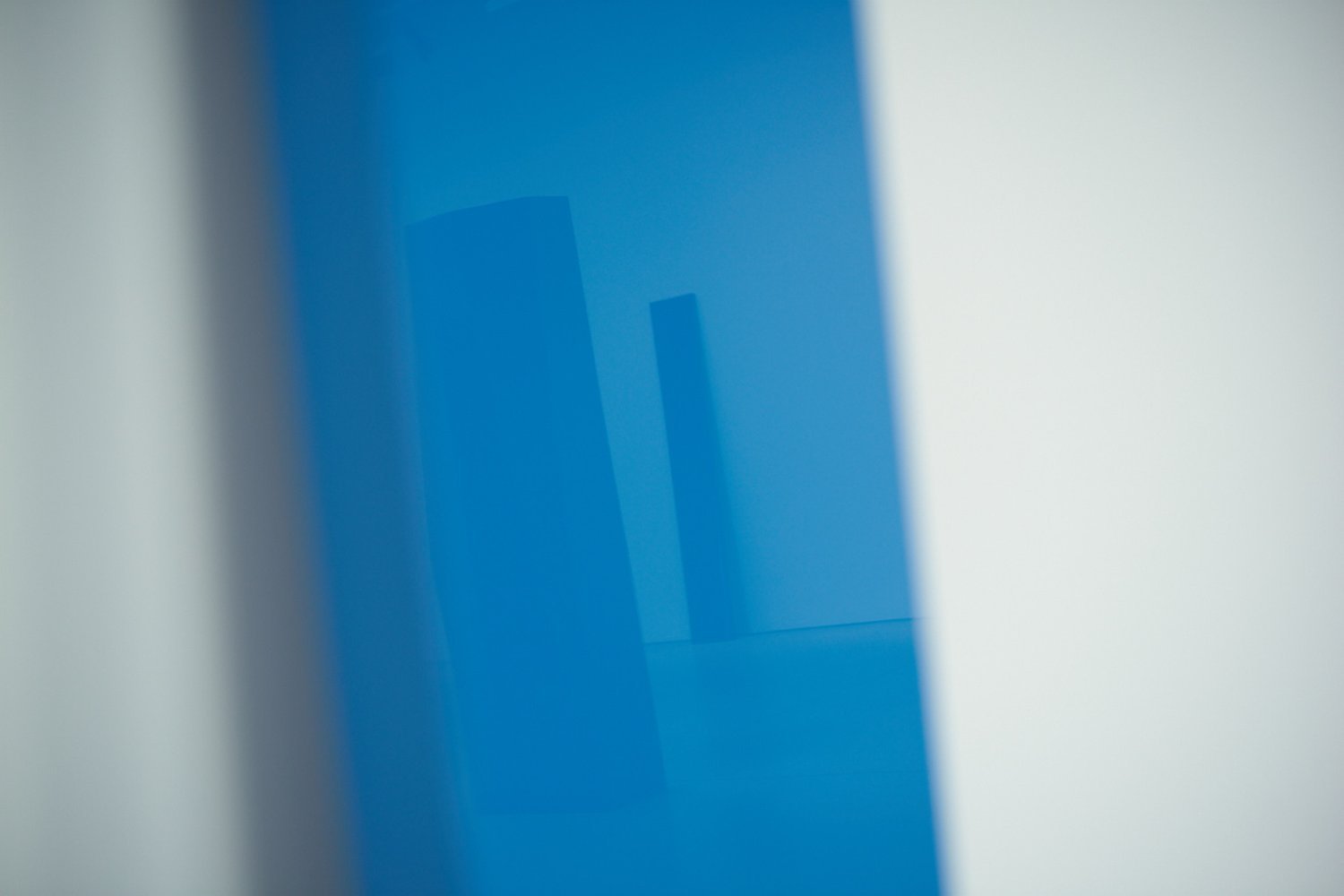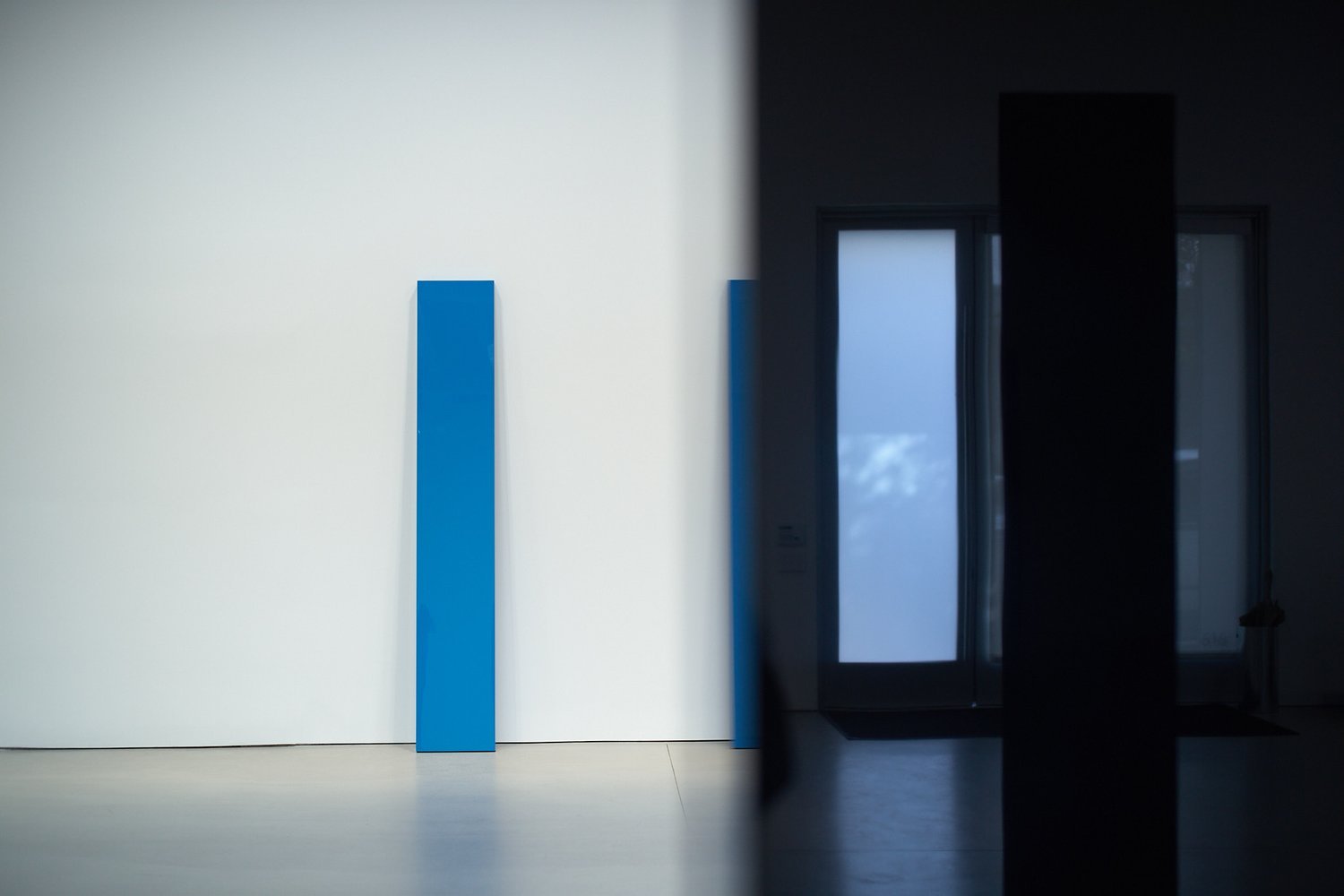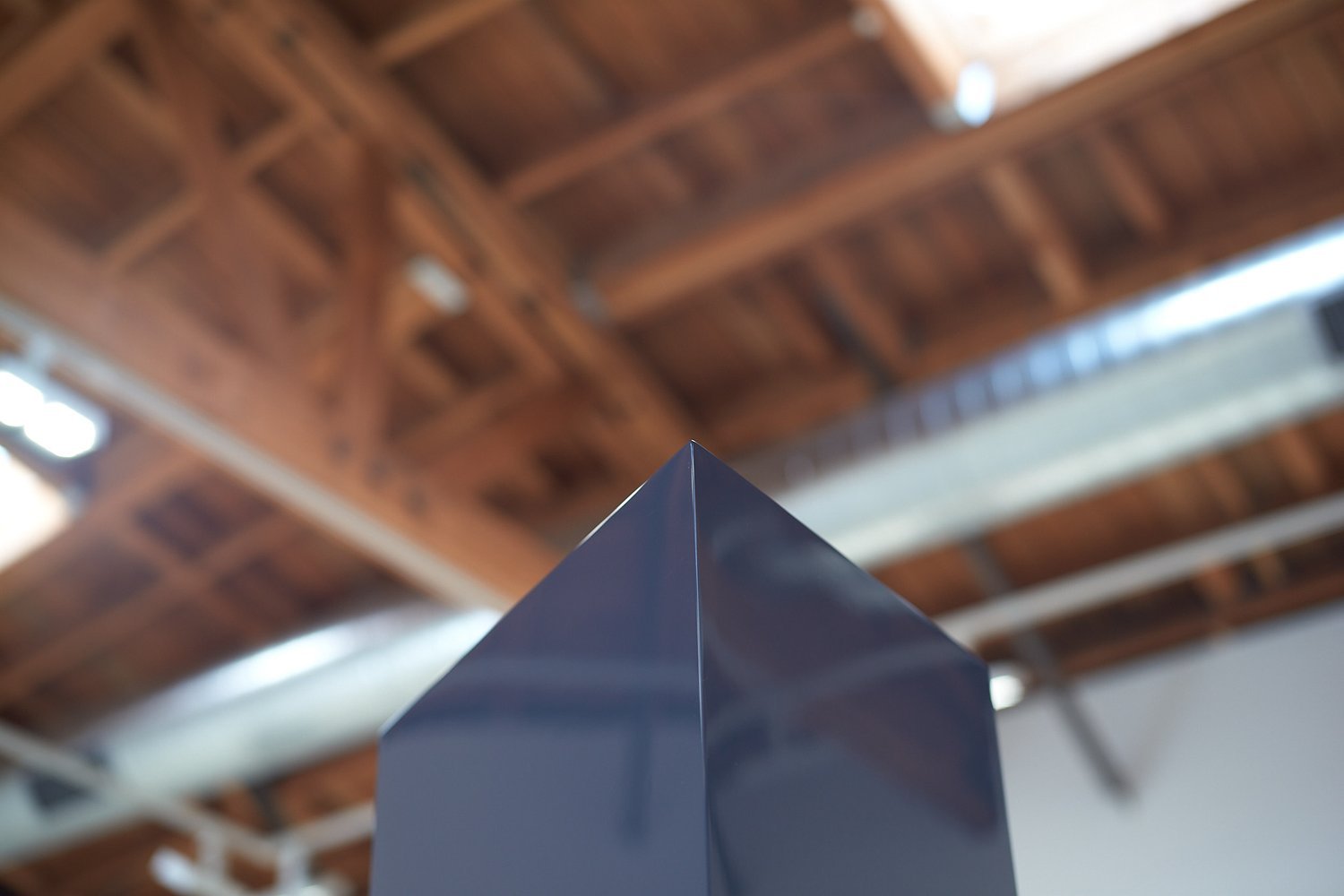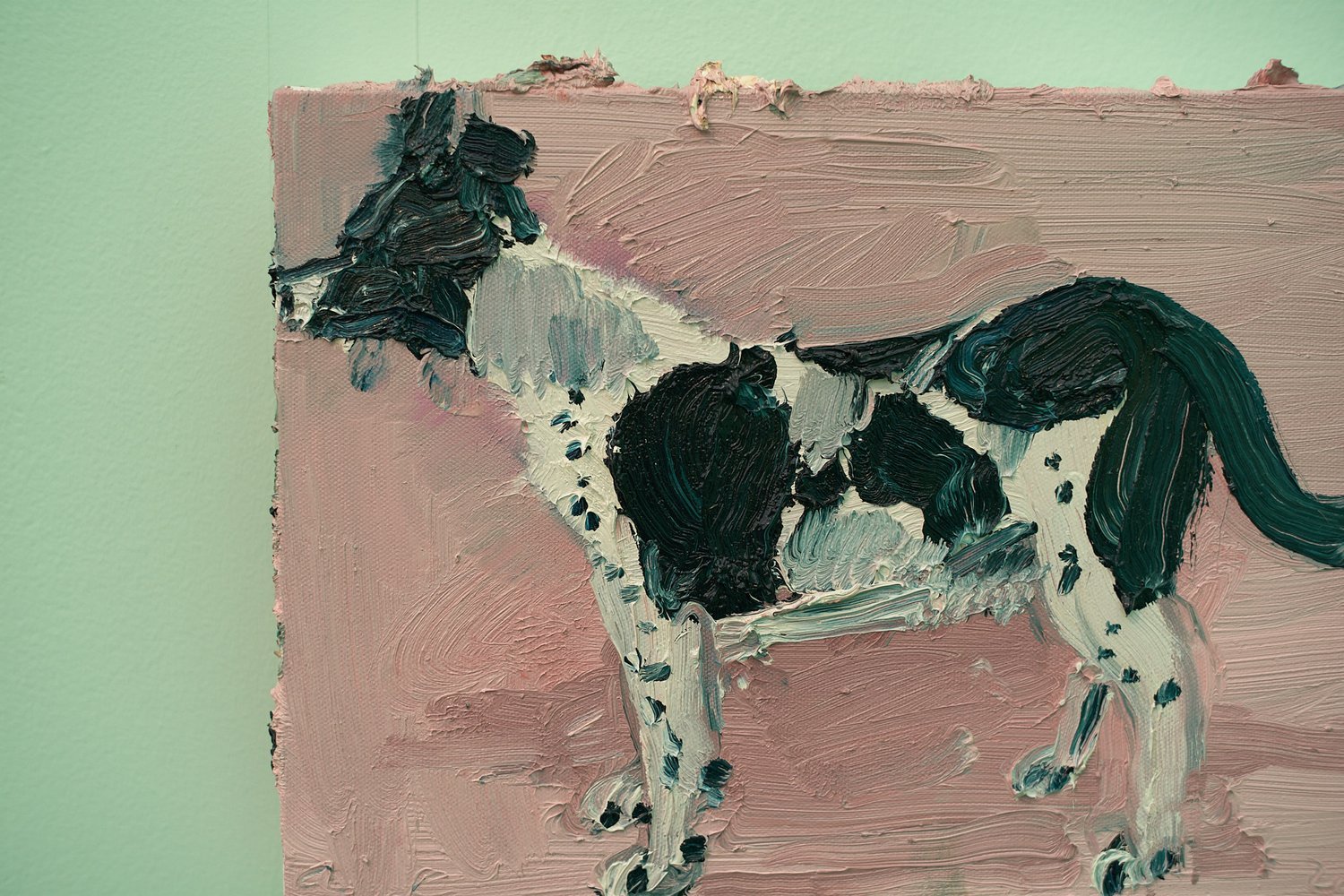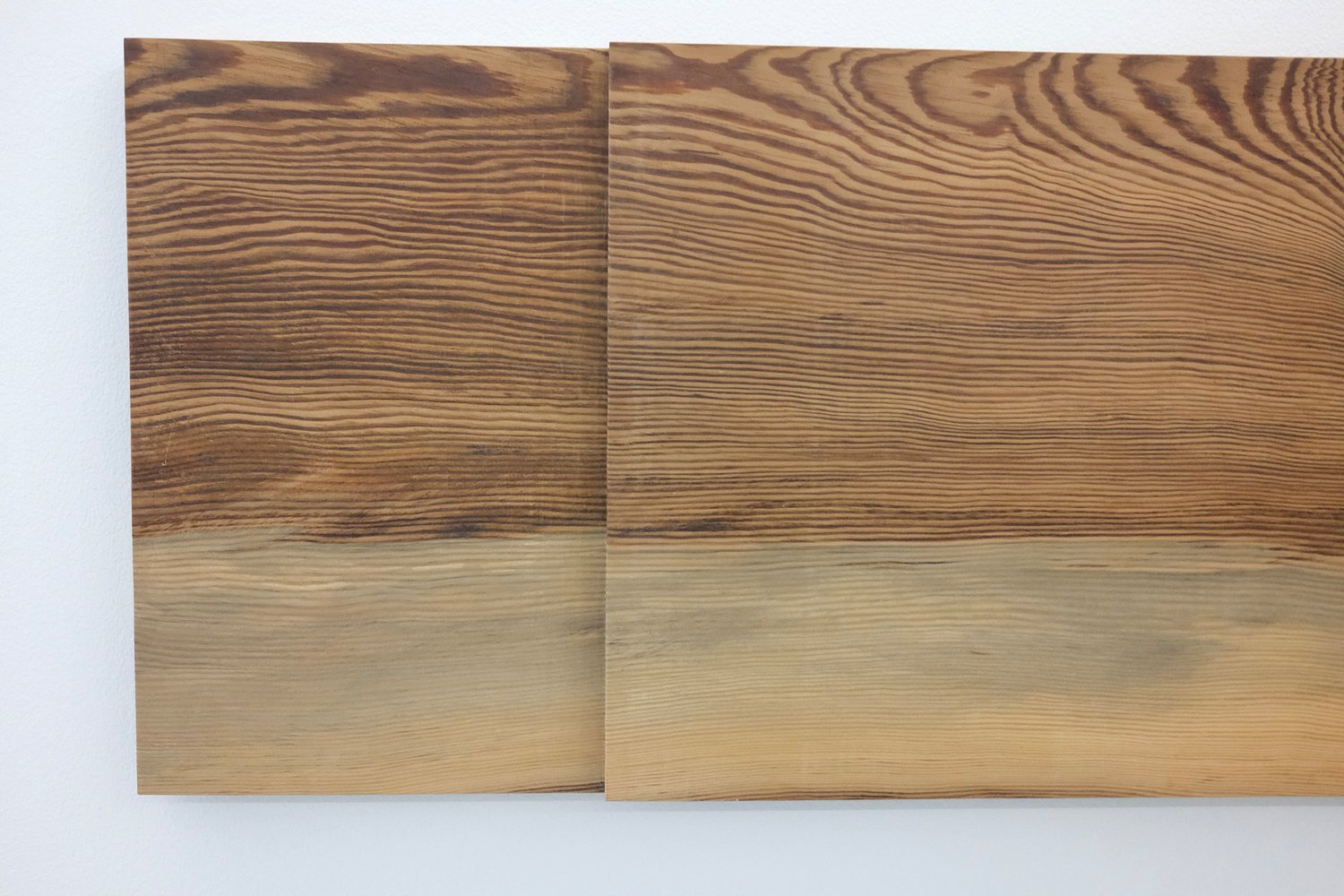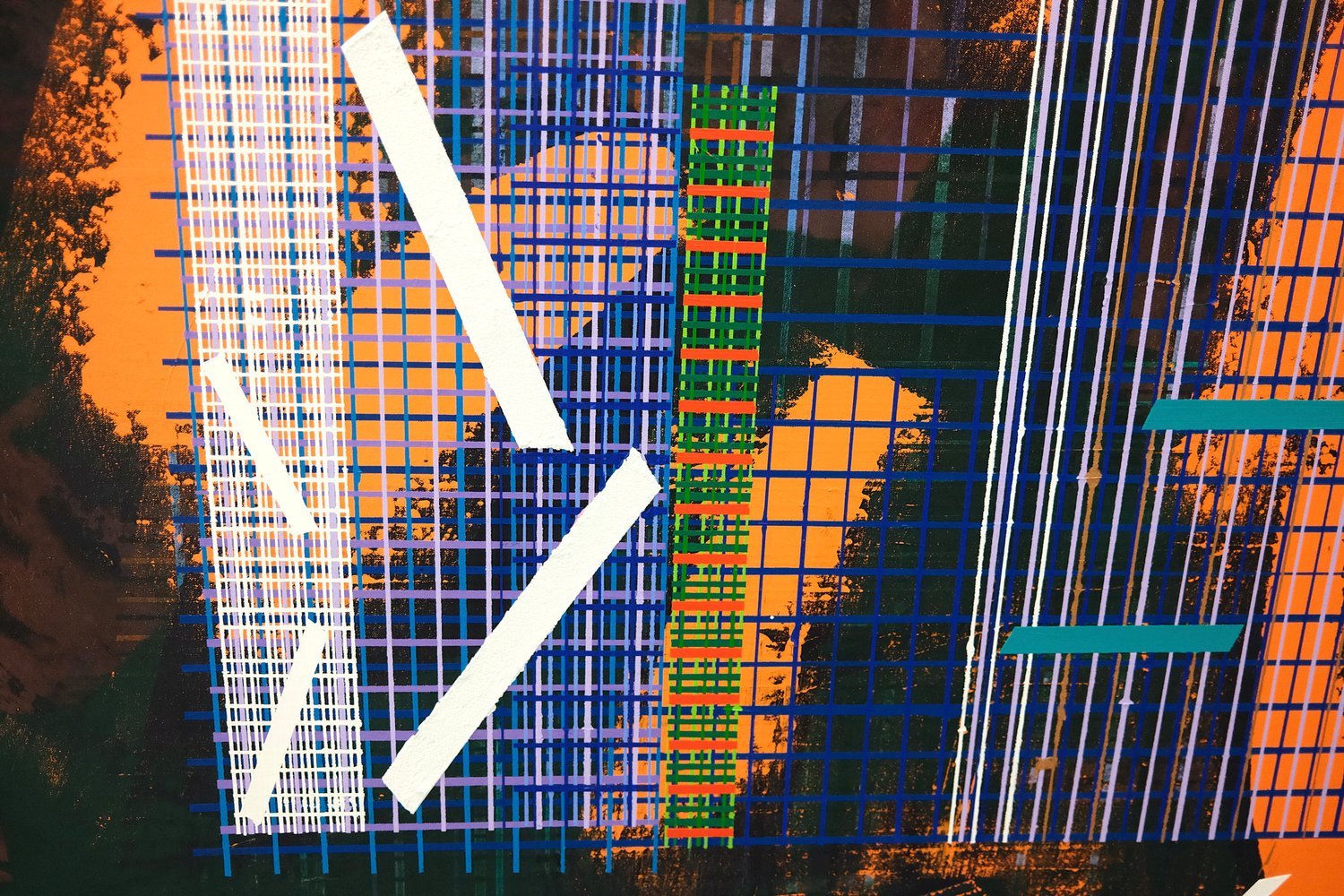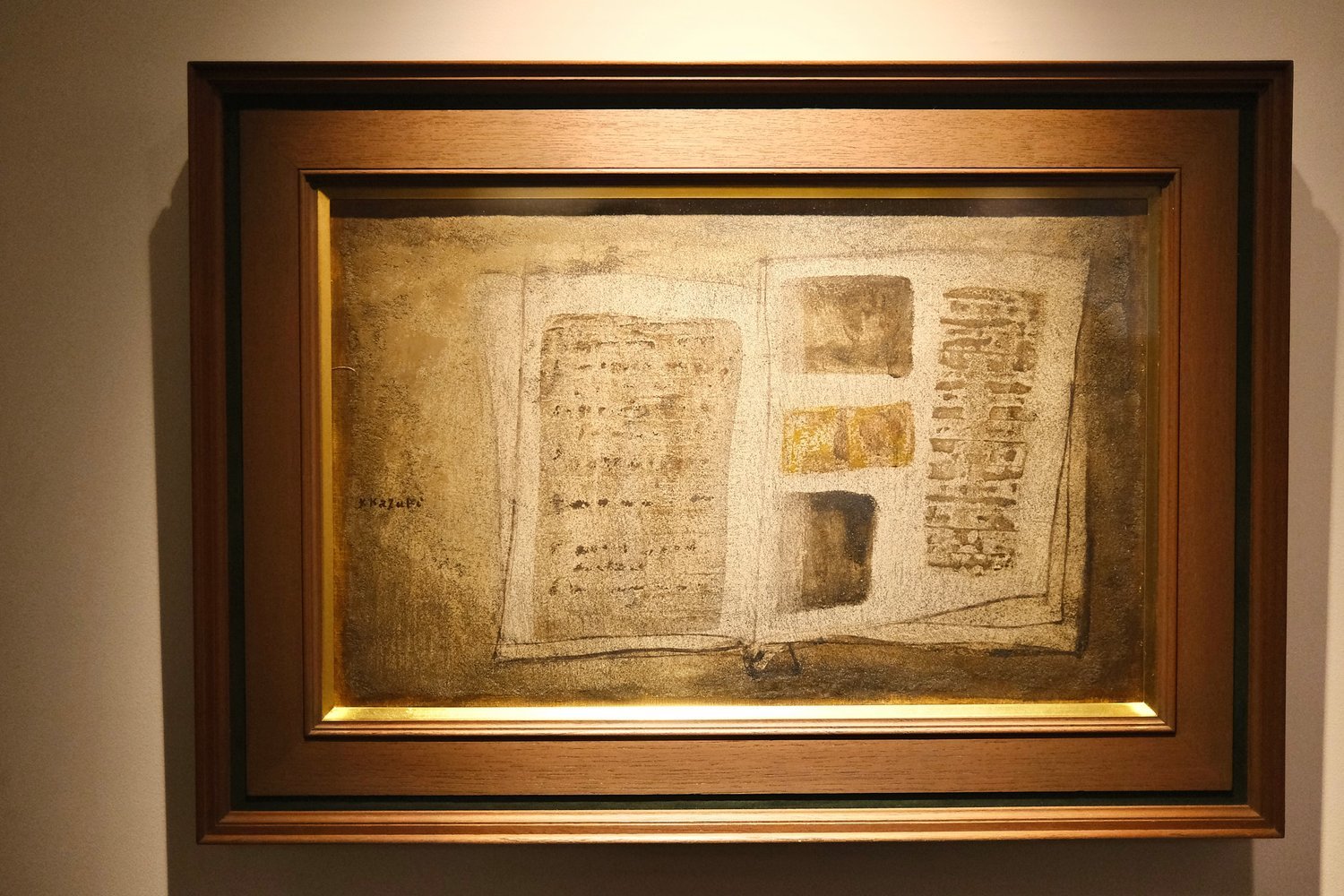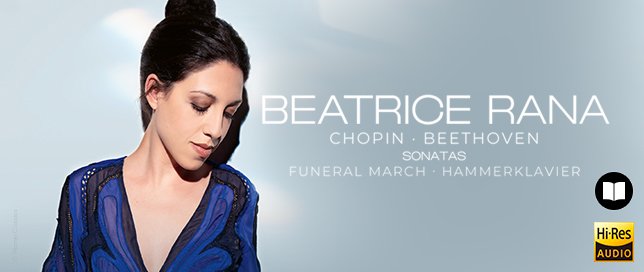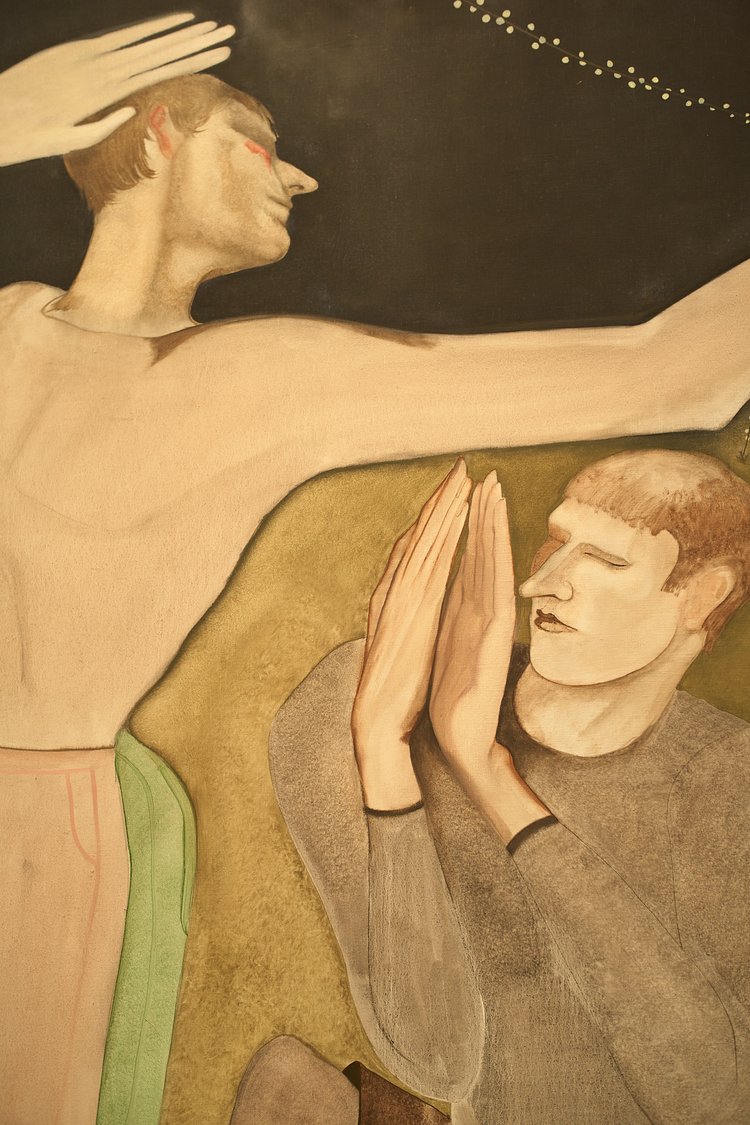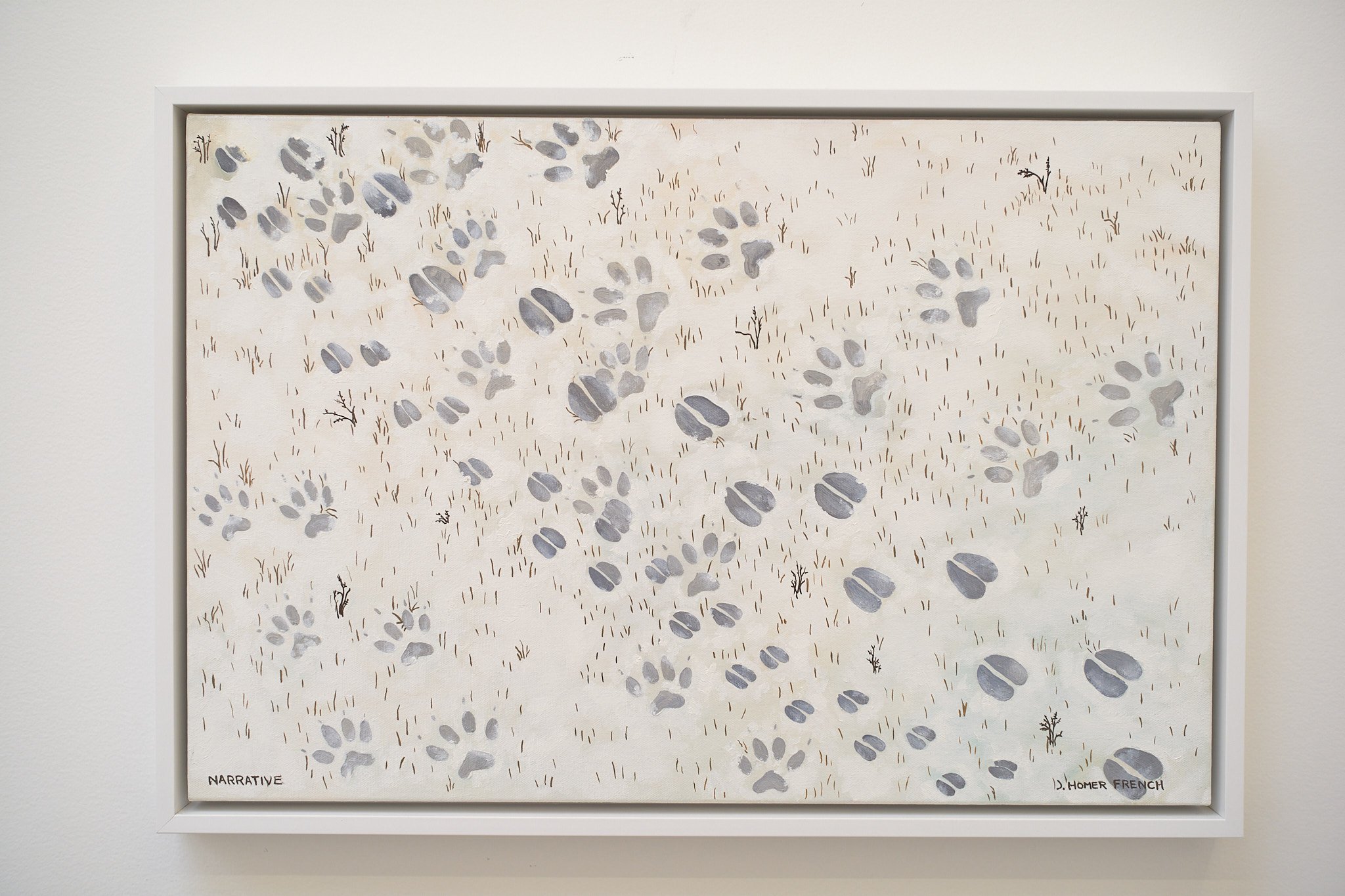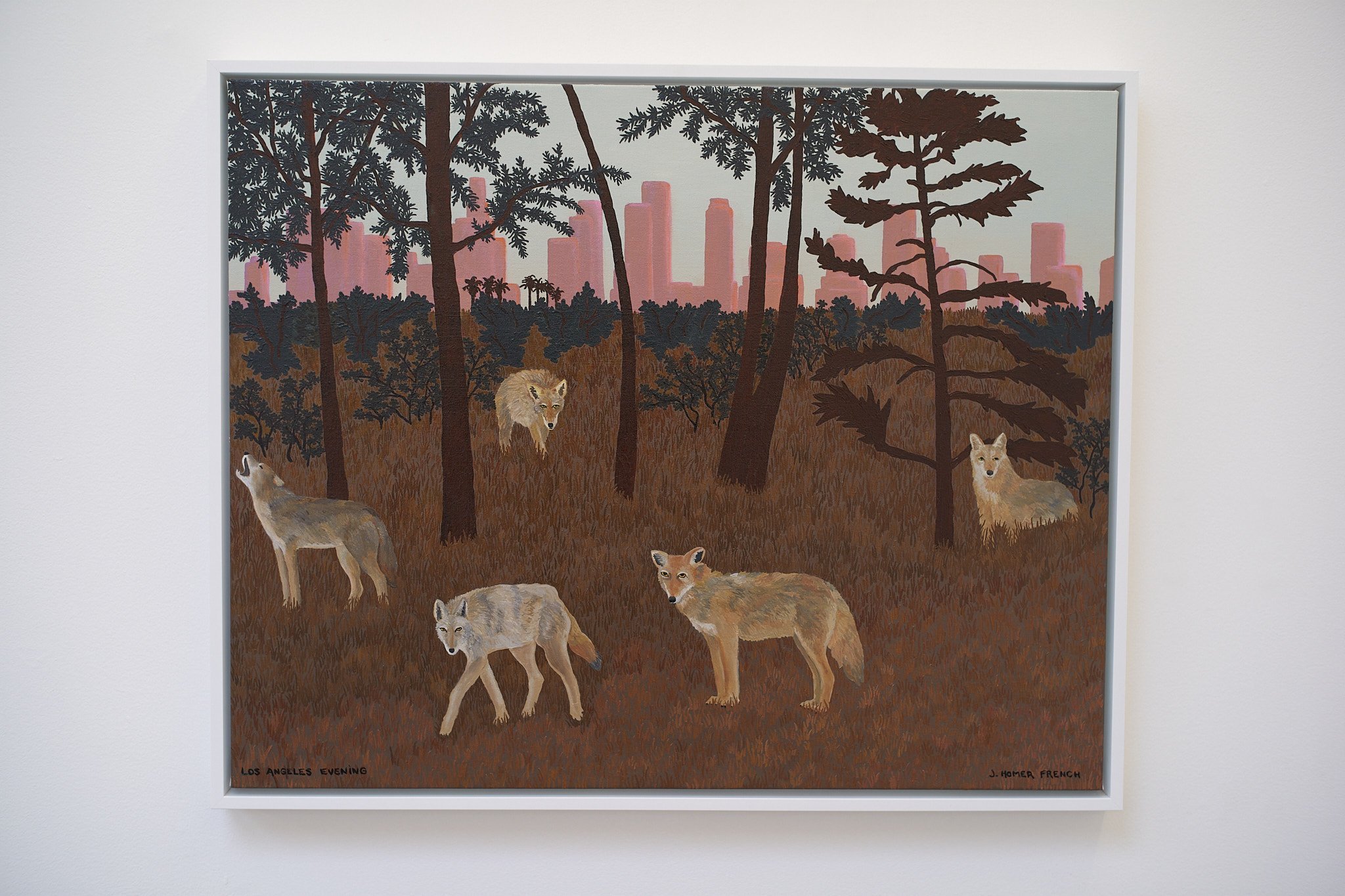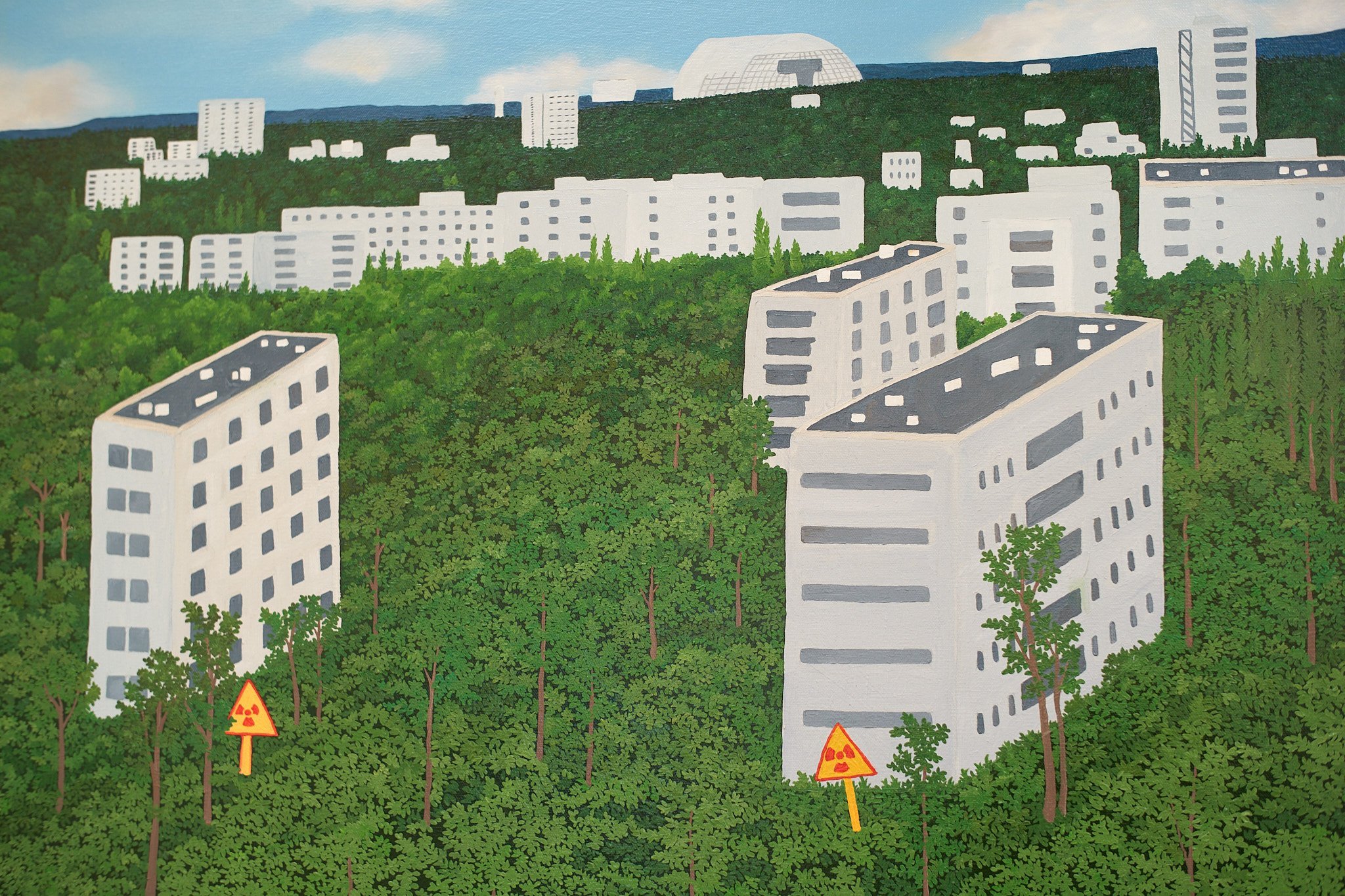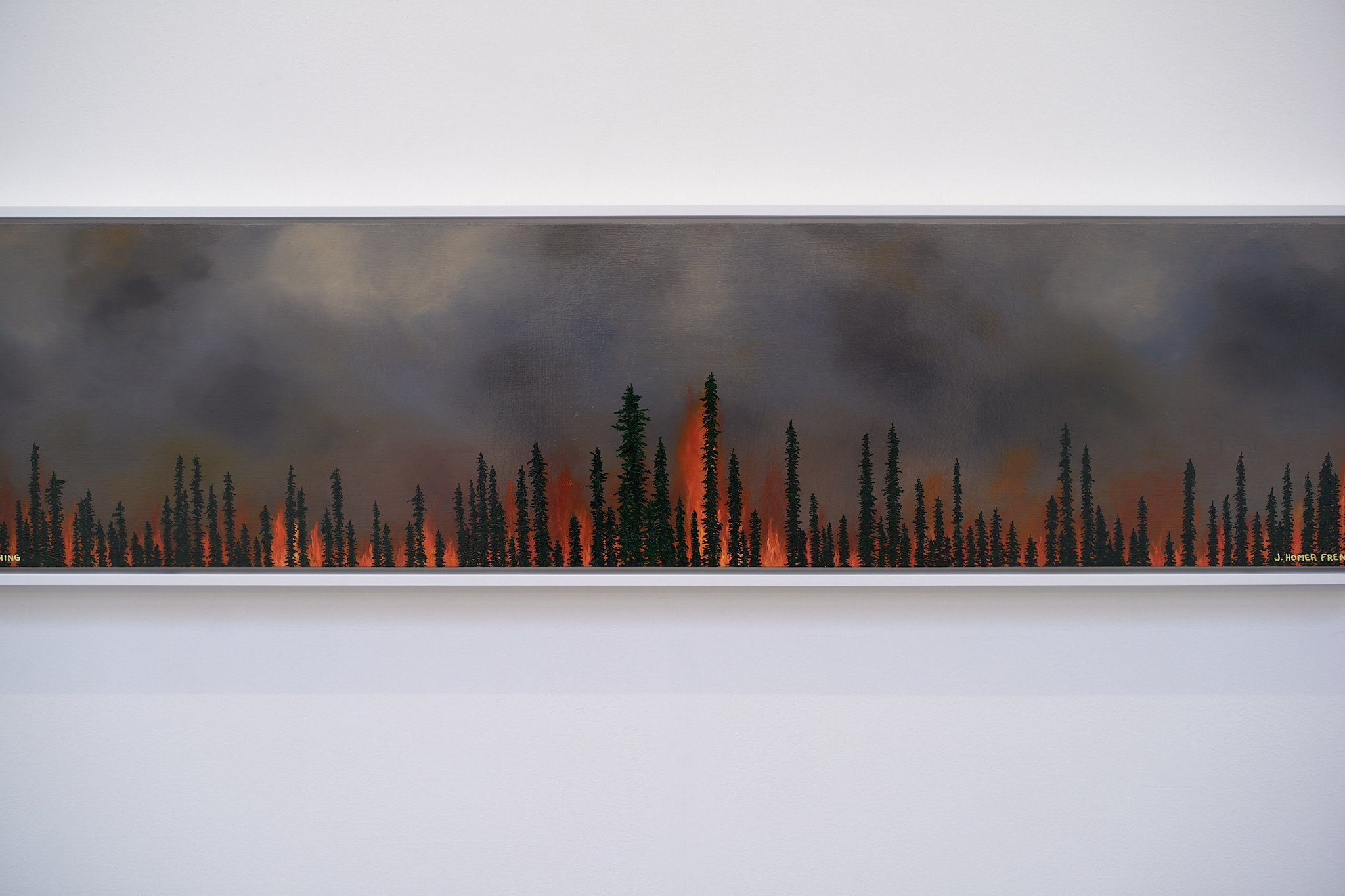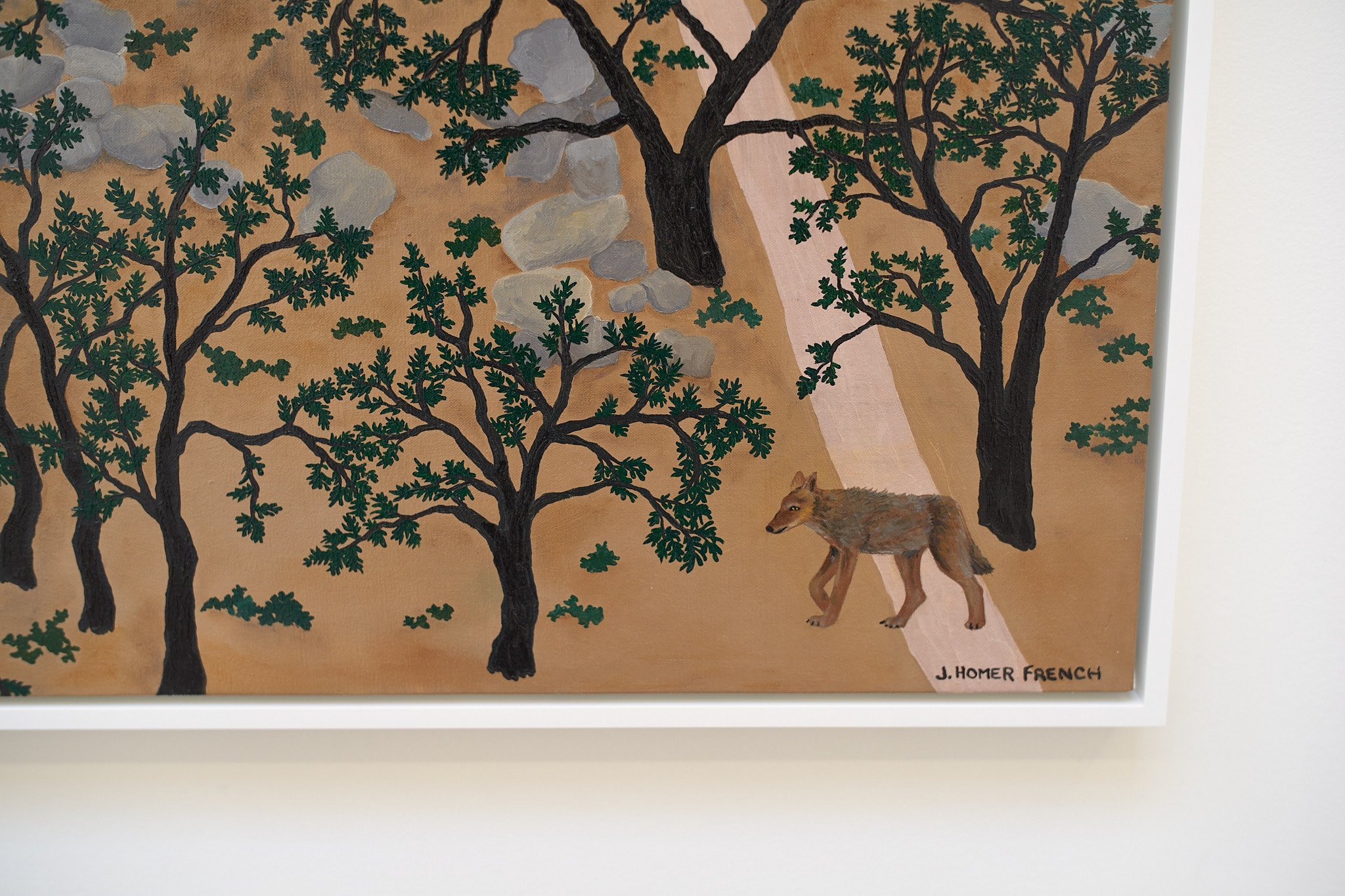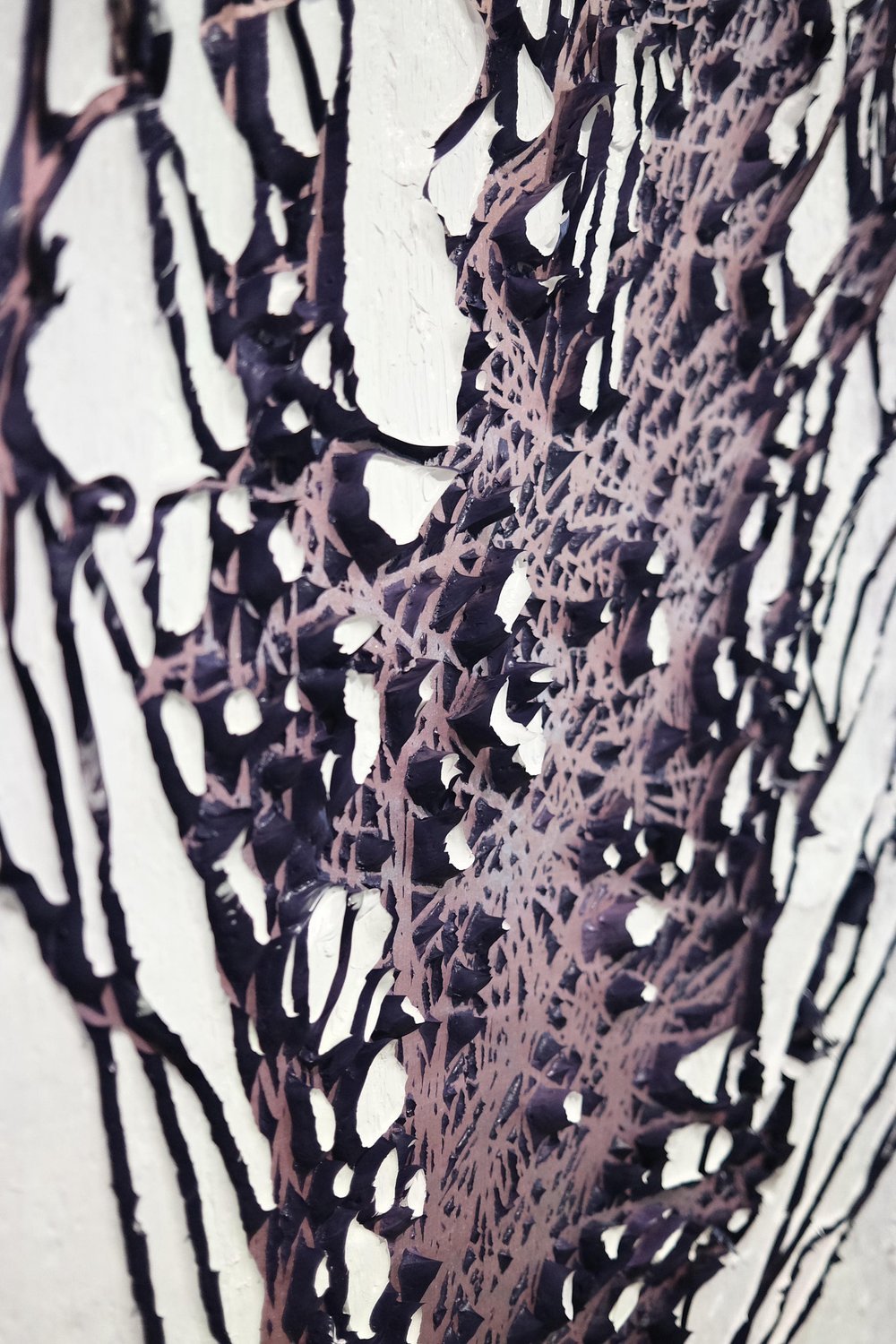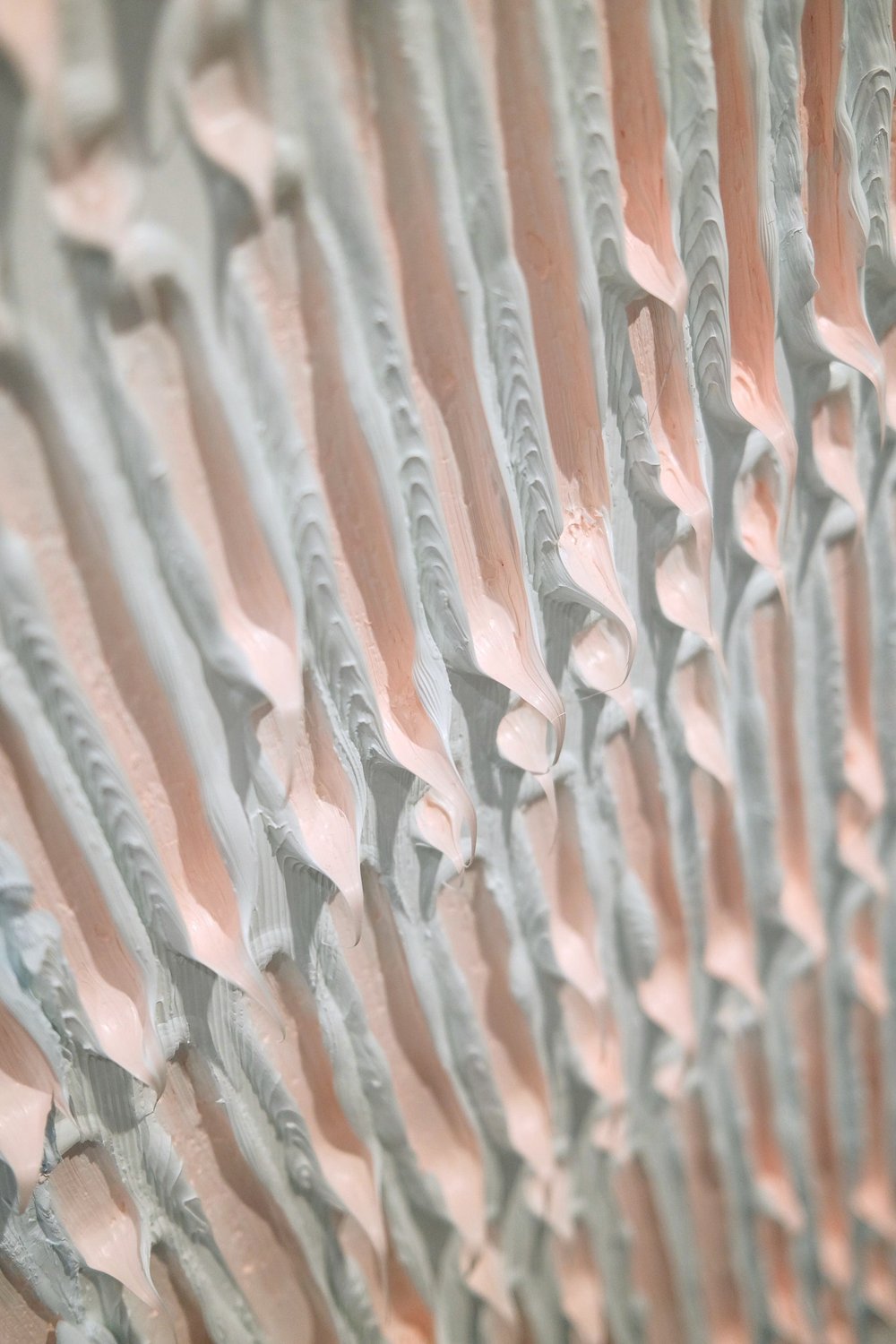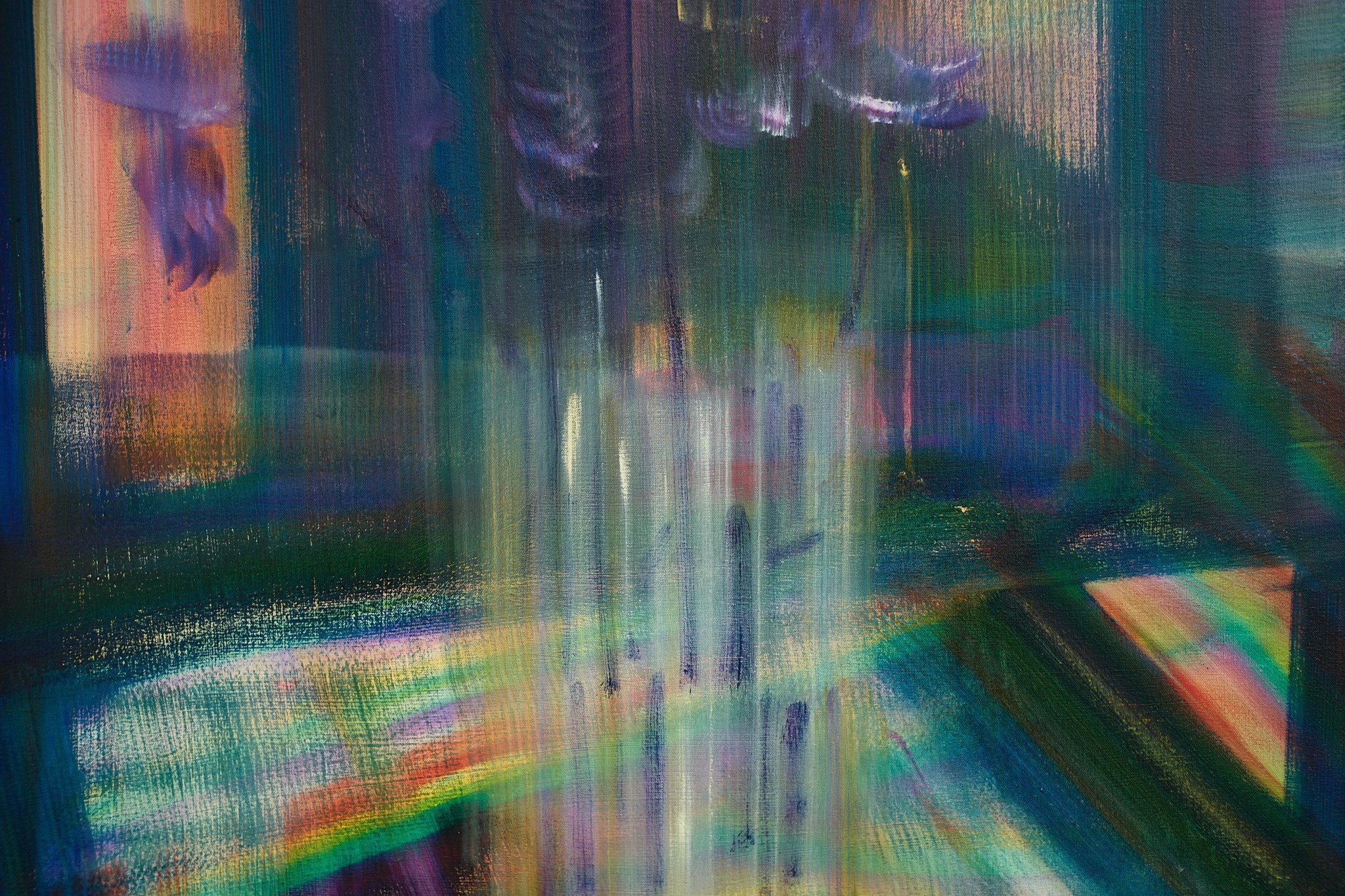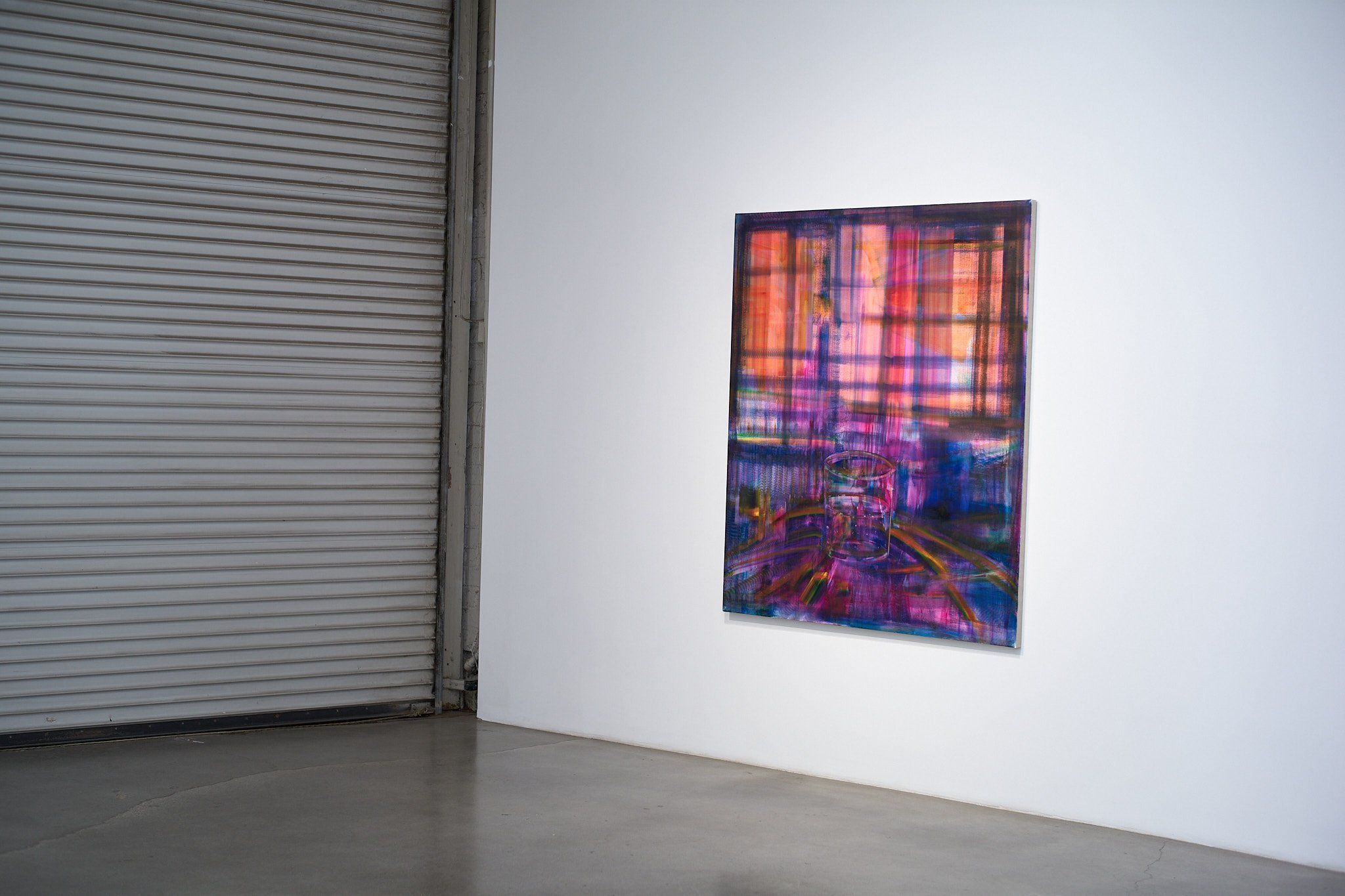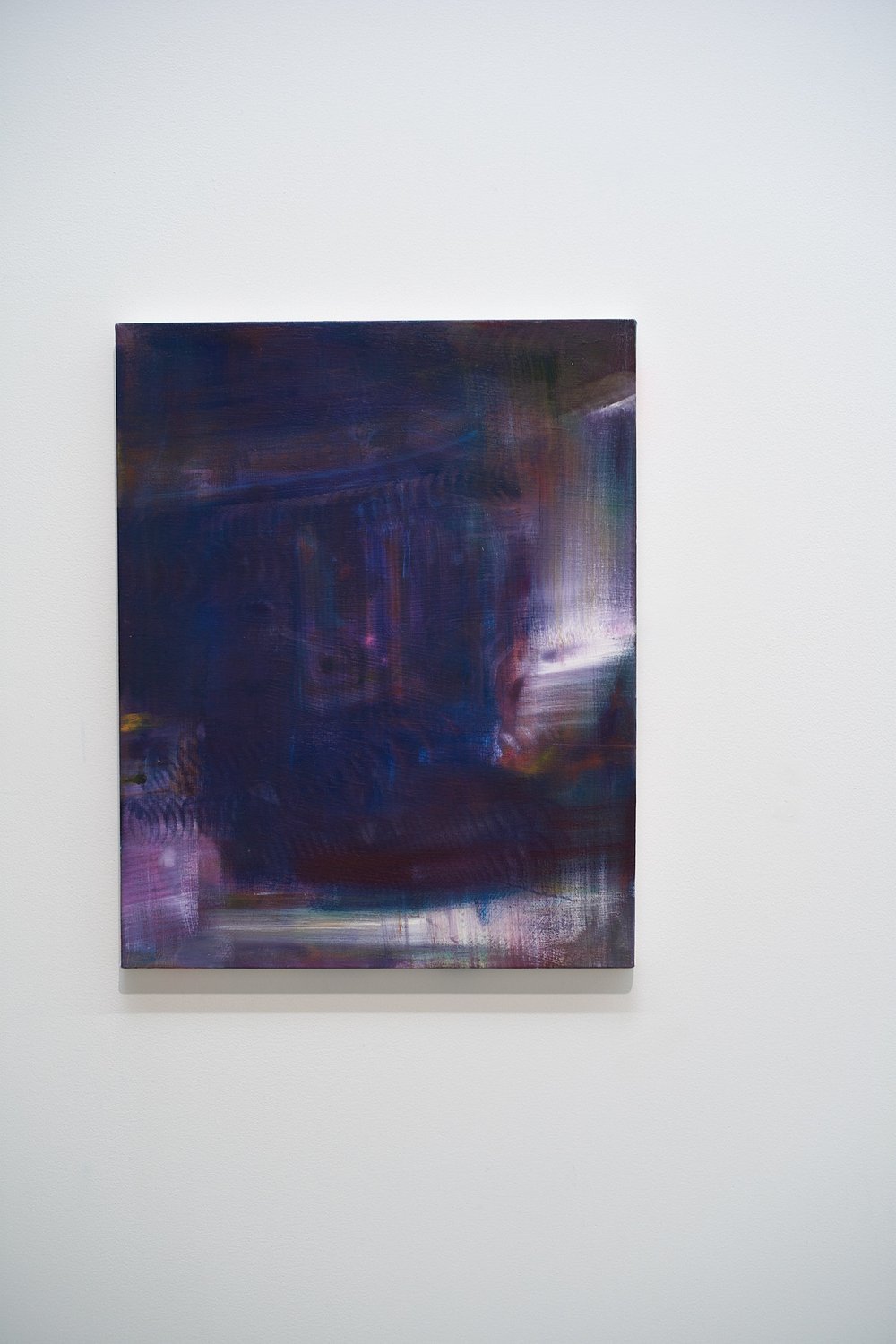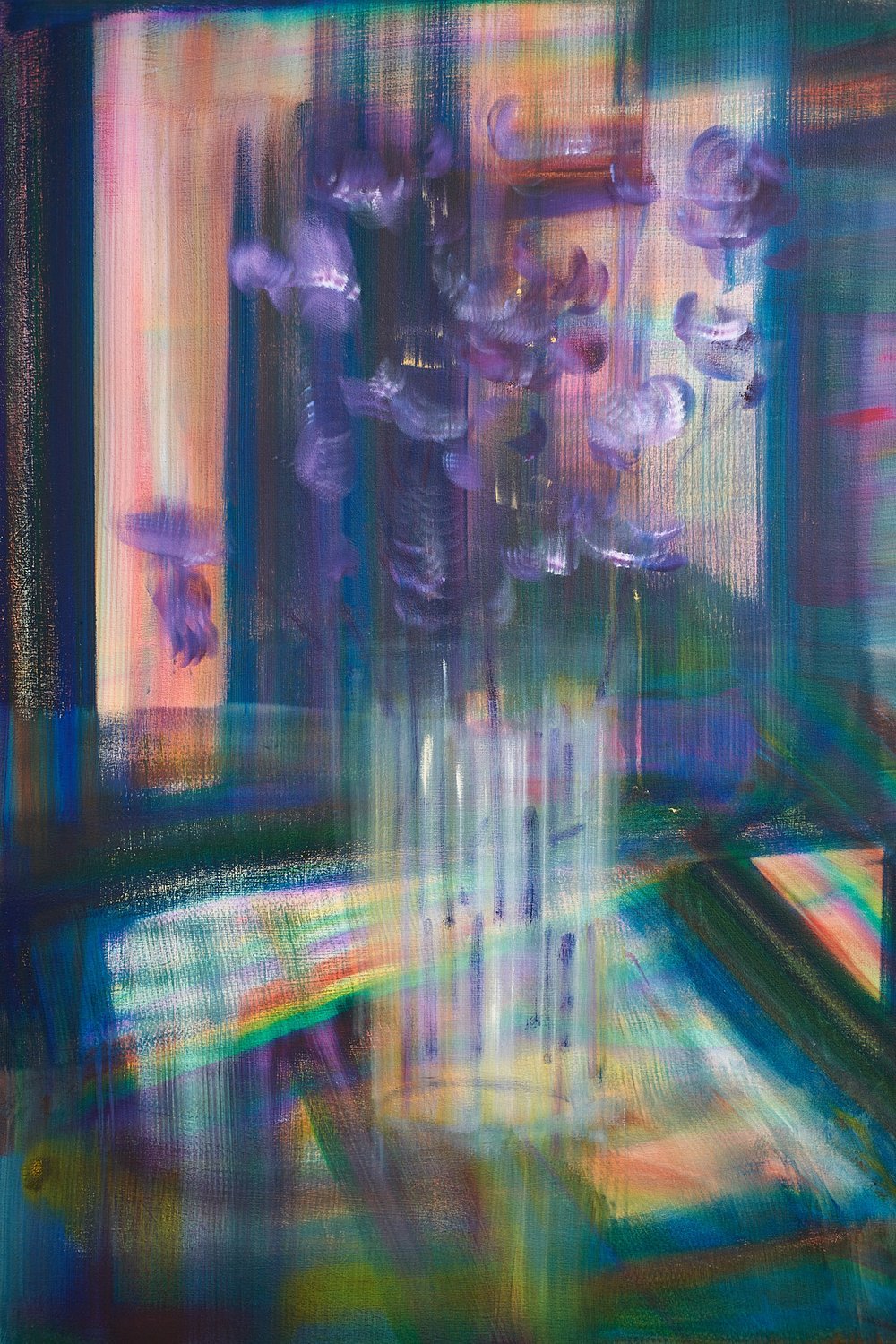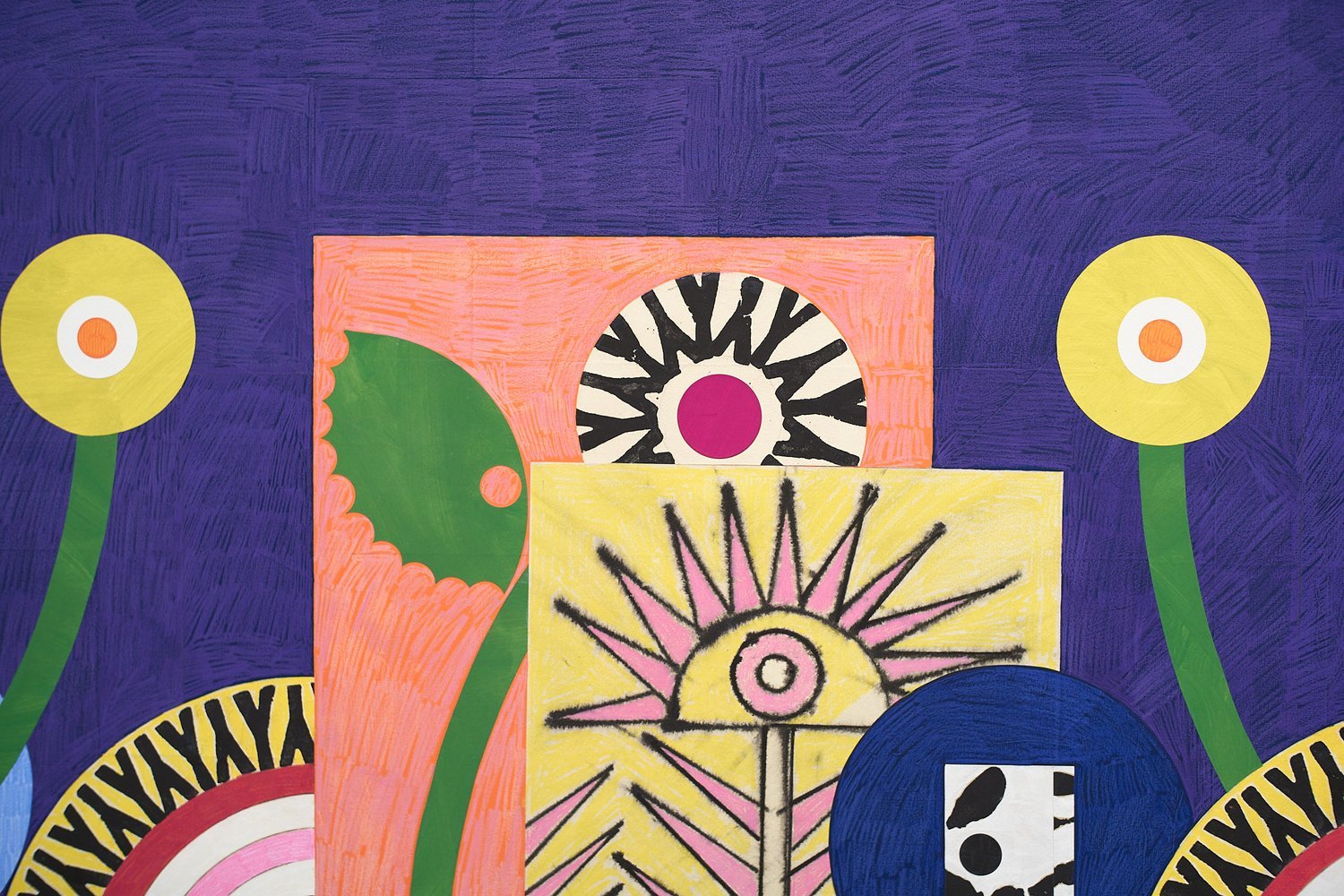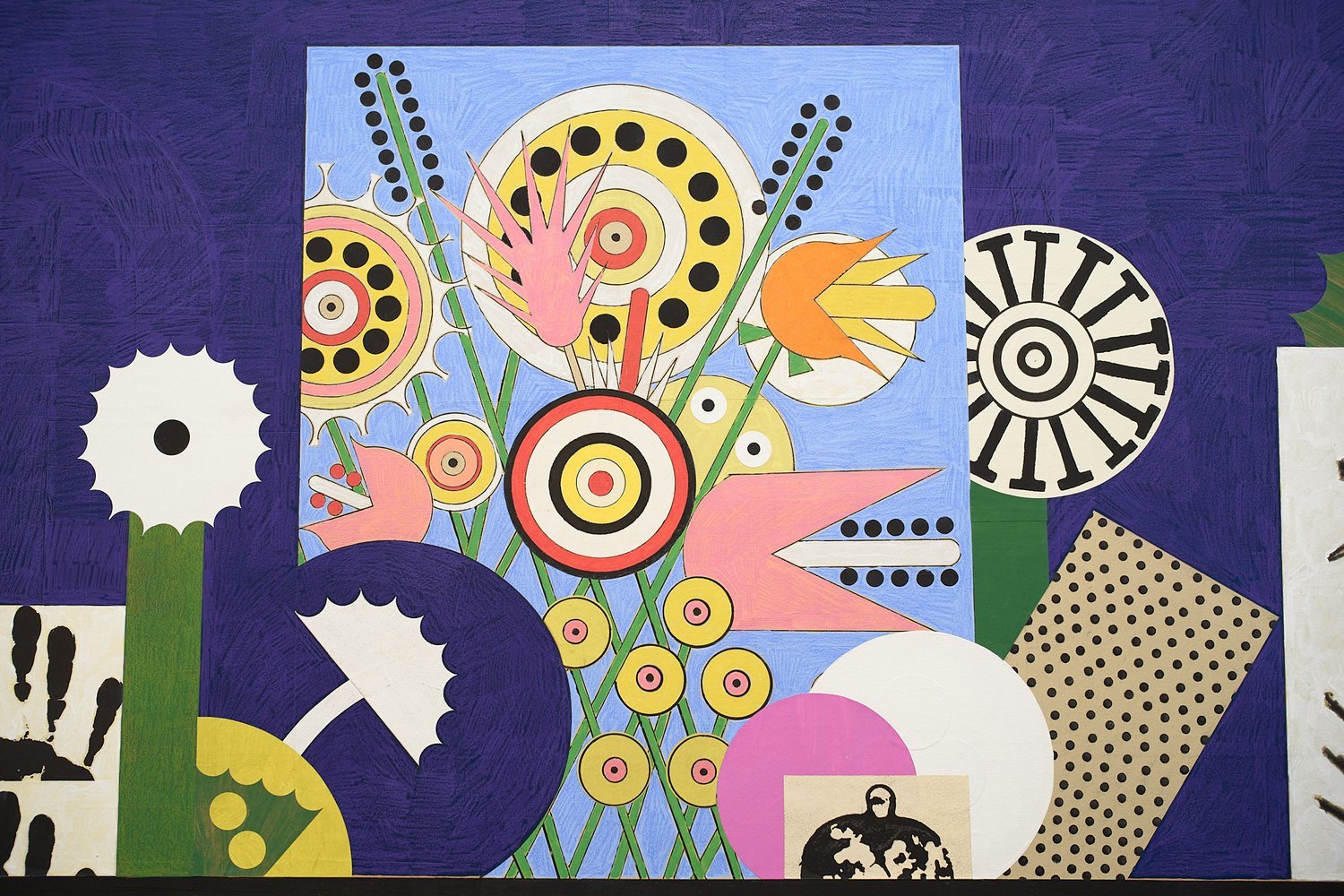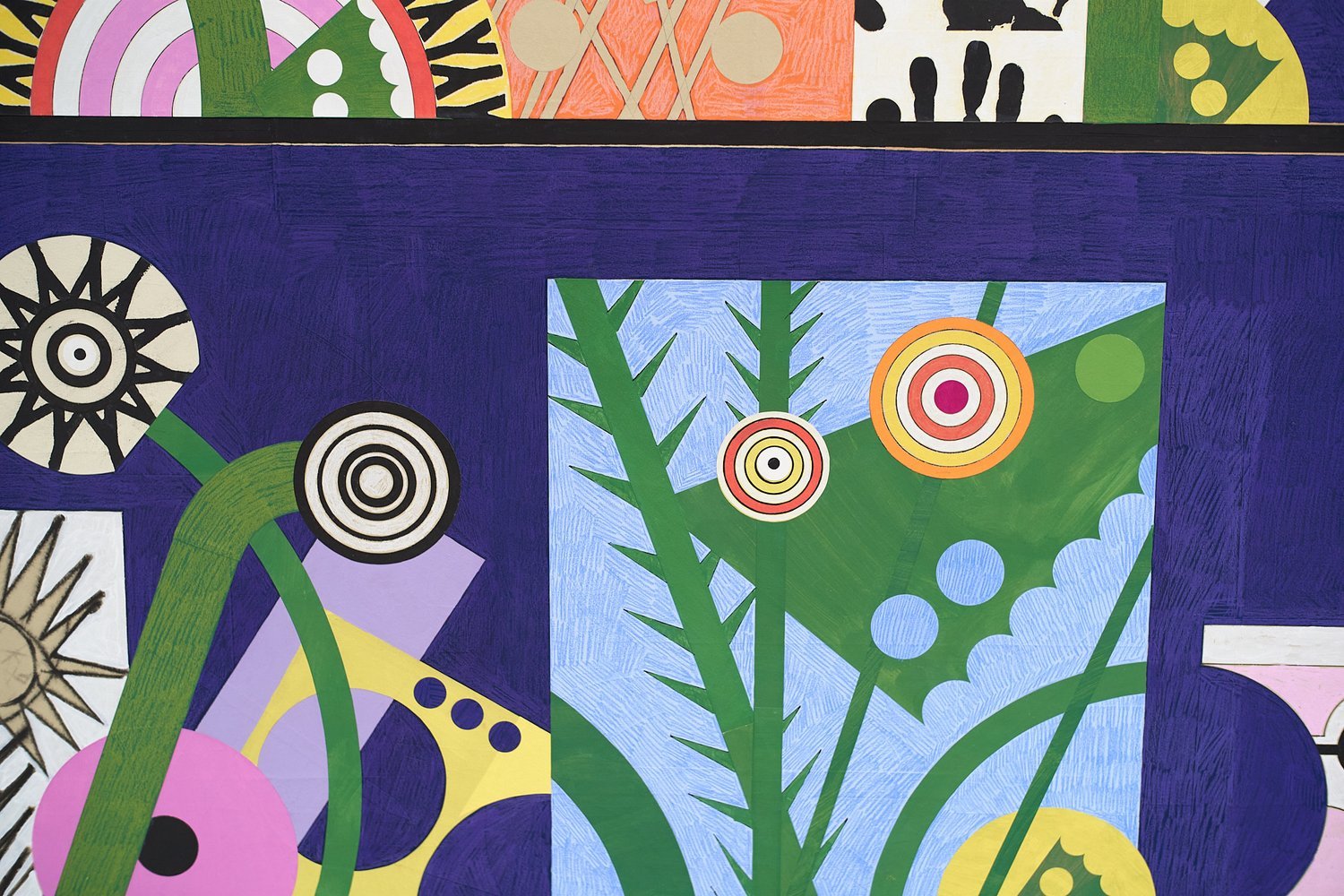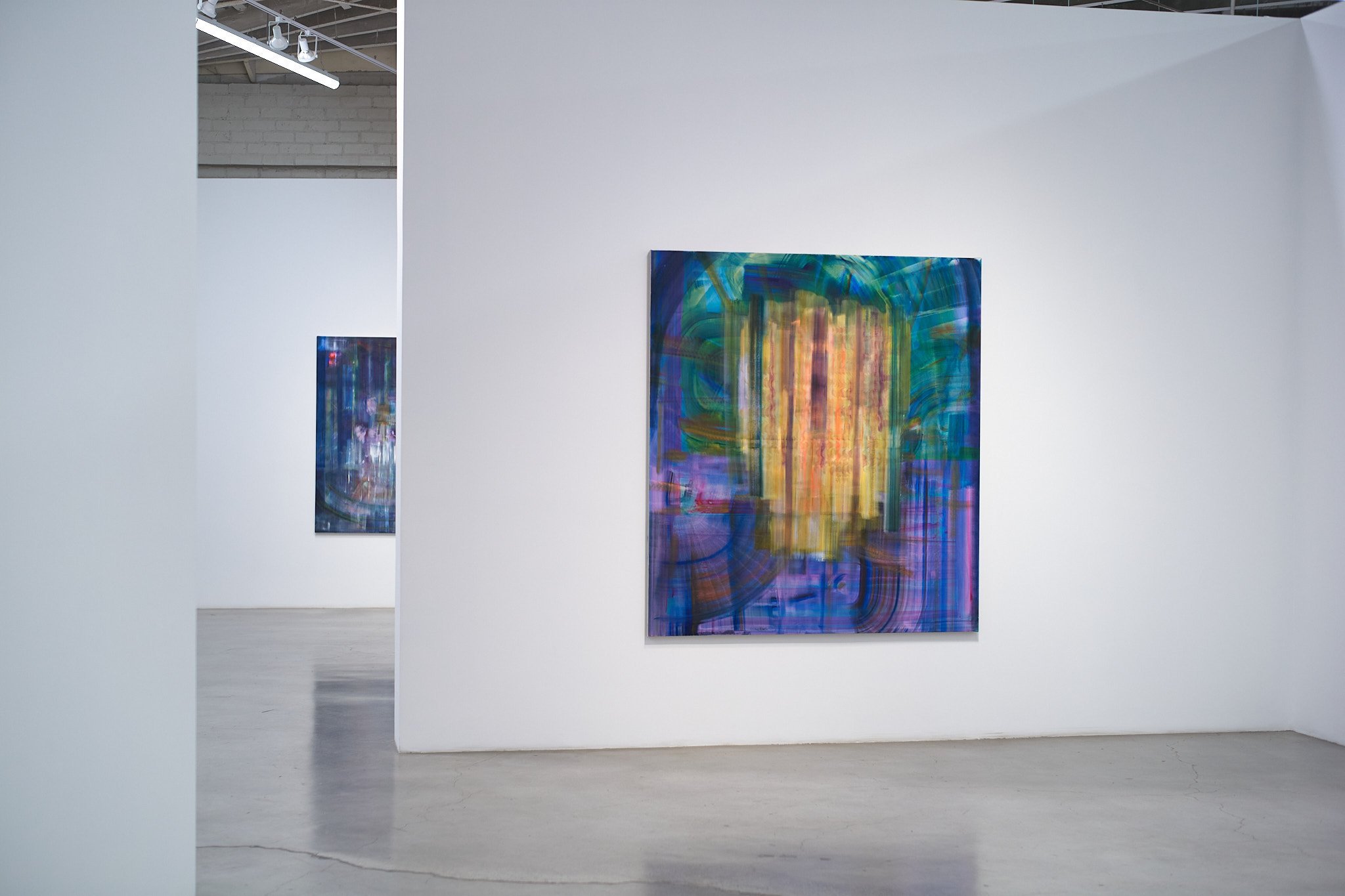Two weeks, at Balse.
dada-, tototo- dada-, to totttootooo
Not the usual way, almost by accident, amazingly ambiguous, like life. Camus
I took a step, one step forward. And this time, without sitting up, the Arab drew his knife, and held it out towards me in the sun, it was like a long flashing sward lunging towards my forehead. My whole being went tense, and I tightened my grip on the gun, The trigger gave, and it was there when it all started. I realized that I’d destroyed the balance of the day. The perfect silence of this beach, where I’d been happy. There I fired four more times into the lifeless body, and the bullets sank in without leaving a mark. And it was like giving four sharp knocks at the door of unhappiness. - The Stranger, Albert Camus
The cosmic joke and irony is that humans are not very musical at all….And we know this because we evolved along the ape line. And apes compared to birds are not musical. How can I say that? Birds have vocal learning. They can creatively learn new songs, Apes can’t do that. They are confined to the chords they are born with. Insects can pulse together in rhythm, and apes don’t have that. So it’s very odd that humans evolved from apes, who are not musical, but humans evolved music again from ground-up from scratch. - Michael Spitzer, PhD, Professor Music, Liverpool Univ.
The large head suspended in the air - Odilon Redon research
A BURIAL AT SEA - Liverpool, UK
Avalanche
Голоса
DJ Mixes
Partiboi69 b2b LOVEFOXY - House set Live From The Stingzone
Revisit, study of Mishima.
Yukio Mishima - The Philosophy of Sun and Steel
And a wonderful film of Chris Marker.
Ten Lives of a Cat: A film about Chris Marker (2023)
till next time.
Charles A. Balse
Words of Wisdom
[[akademie-X]], [[favorite quotes]],[[Wangechi Mutu]]
page 228, Lesson 24: Living Art
The sharpening of visual intelligence is crucial for artists. I would recommend drawing - and by this, I don't mean drawing in a pedantic, high-school, instructional manner; I mean using your hand and your mind to pull out information from the subconscious onto a surface and into the real world. It is one of the best ways to shorten the distance between your brain and your fingertips and to allow you to gauge what is going on from within yourself. When you speed up that process, by drawing with as basic a material as pencil or charcoal, or ink and brush, your senses of intuition, honesty and integrity are sharpened. I would also push every artist to enhance their sense of context and their role as artist by visiting museums or the theatre, going to poetry readings, hanging out at DJ slams, listening to live bands - to participate in and enter cultural spaces in one way or another. Figuring out what's happening in other genres and media in your particular moment in time is important to you as a visual artist because even if you don't feel it's relevant to you, making cross-references makes you aware of your own position and place, your aliveness at that particular moment in time.
Everyone should understand as much about the past as they can possibly get in their heads. As the voices of their culture and their communities, artists in particular should know as much as possible about what has happened prior to their own existence. It's a way to stand out as the voice of the present, to pay homage to what has happened, and avoid repeating and recycling the mistakes that have already been made. It's also a way to remain in touch with your own humanity, and with the humanity of others whom you don't know.
[[akademie-X]],[[Tim Rollins]]
page 268 lesson 28: Art is Not Just Experience
We believe good art is work that doesn't ask permission to exist, to be is enough. Good art is anything made sincerely yours. This art can be affirmative, shamelessly beautiful or ugly, a contribution of dissent, audacious and critical, yet deeply celebratory by the very fact of its existence. We think good art is always a gift, an affirmation of a mysterious gratitude. It's not instrumental but feels inevitable. Art is a faith proposition built upon a base of wonder.
Main Studies
APPENDIX:
Shostakovich - Violin Concerto No 1 Hilary Hahn/Mariss Jansons BPO
The Stranger - Albert Camus BOOK REVIEW
Albert Camus: The Madness of Sincerity
How humans evolved music—from scratch | Michael Spitzer
The Dark World of Odilon Redon
Posture & The Grizzly - No Brains Broken World Media
Ashlynn Malia - Avalanche (Official Lyric Video)
Partiboi69 b2b LOVEFOXY - House set Live From The Stingzone
Peter Doig at the Musée d'Orsay
The Strange Case of Yukio Mishima (BBC 1985)
ClassicAsobi recommends
This section features content recommended from the NYC based ClassicAsobi and his team, specializing in classical music.
COMING UP
JASON RHOADES
27 FEBRUARY 2024 – 14 JANUARY 2025
HAUSER & WIRTH DOWNTOWN LOS ANGELES
Ella Kruglyanskaya: See Saw
April 5–June 8, 2024, Jeffrey Deitch LA
SUN, APR 7
YOU ARE GOING!
2:00PM
PROGRAM & ARTIST LISTING
Arvo PÄRT — Cantus in Memory of Benjamin Britten
ELGAR — Cello Concerto
Intermission
VAUGHAN WILLIAMS — Symphony No. 8
Hauser & Wirth DOWNTOWN LOS ANGELES, 27 FEBRUARY – 5 MAY 2024
Hauser & Wirth DOWNTOWN LOS ANGELES, 27 FEBRUARY 2024 – 14 JANUARY 2025
SUN, APR 14
YOU ARE GOING!
2:00PM
PROGRAM & ARTIST LISTING
Jonathan Bailey HOLLAND — Assemble
RAVEL — Tzigane
RAVEL — Mother Goose Suite
Intermission
SAINT-SAËNS — Symphony No. 3, "Organ"
SUN, APR 21
7:30PM
Dudamel Leads Beethoven and Strauss
SUN, MAY 5
YOU ARE GOING!
2:00PM
PROGRAM & ARTIST LISTING
Andreia PINTO CORREIA — Cortejo (world premiere, LA Phil commission with generous support from the Esa-Pekka Salonen Commissions Fund)
BEETHOVEN — Piano Concerto No. 4
Intermission
STRAUSS — Don Quixote
SUN, MAY 12
YOU ARE GOING!
2:00PM
PROGRAM & ARTIST LISTING
John WILLIAMS — Olympic Fanfare and Theme
Gabriela ORTIZ — Altar de cuerda
Intermission
DVOŘÁK — Symphony No. 9, “From the New World”
VENEZIA, 20.04 - 24.11 2024
BIENNALE ARTE 2024
I Saw It: Francisco de Goya, Printmaker
Norton Simon, APRIL 19, 2024 – AUGUST 5, 2024
Plugged In: Art and Electric Light
Norton Simon, SEPTEMBER 20, 2024 – FEBRUARY 17, 2025










